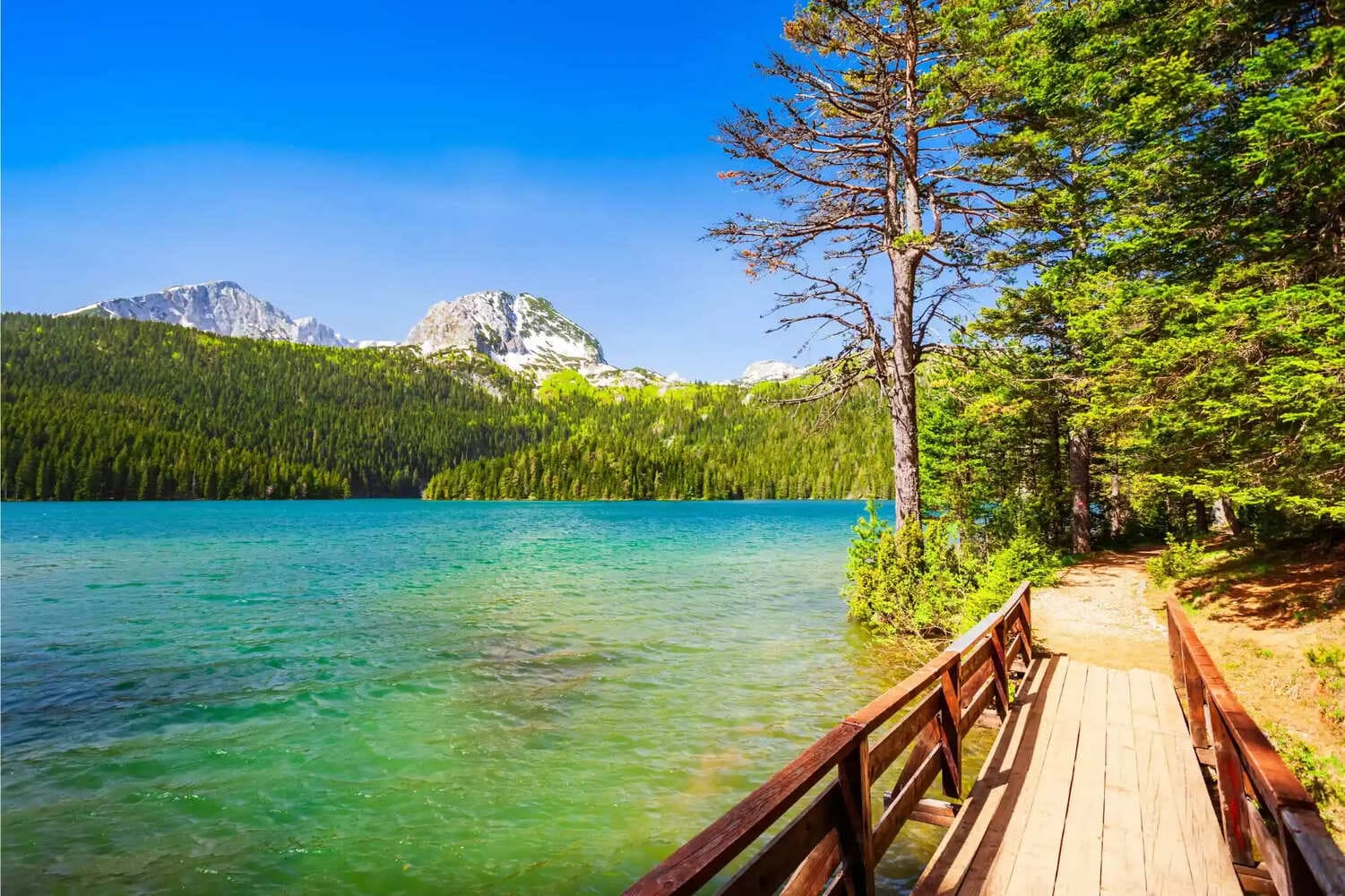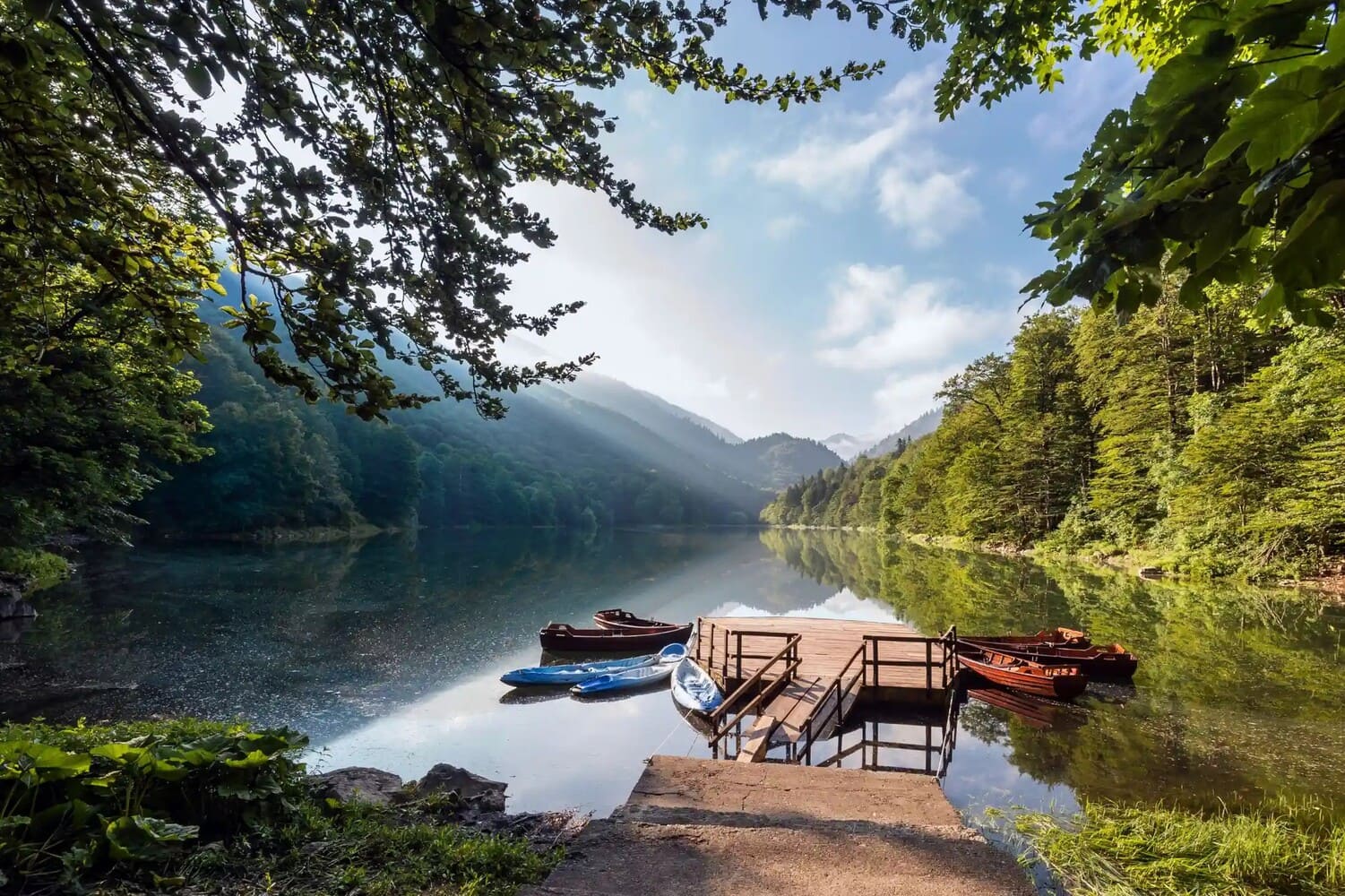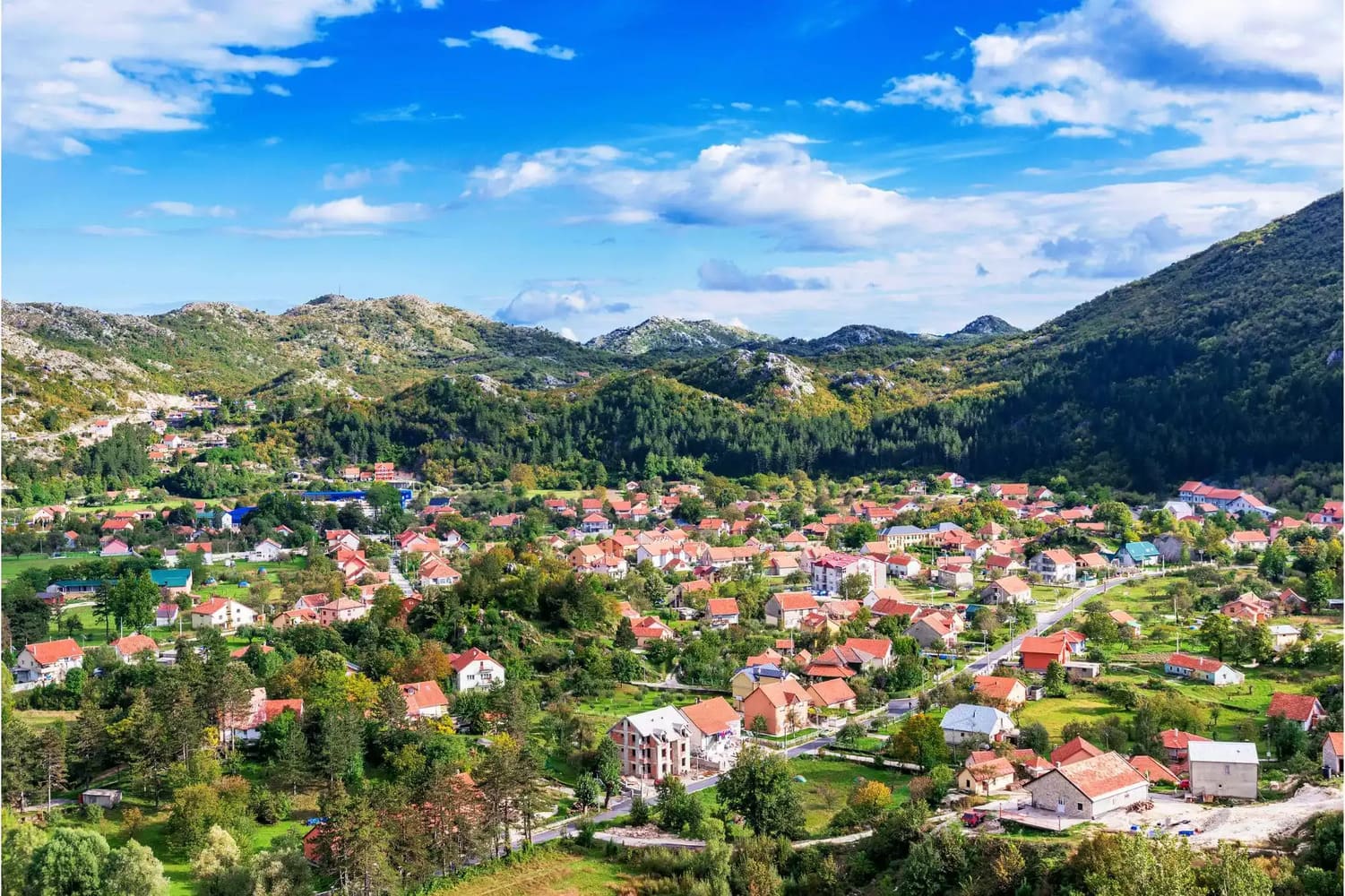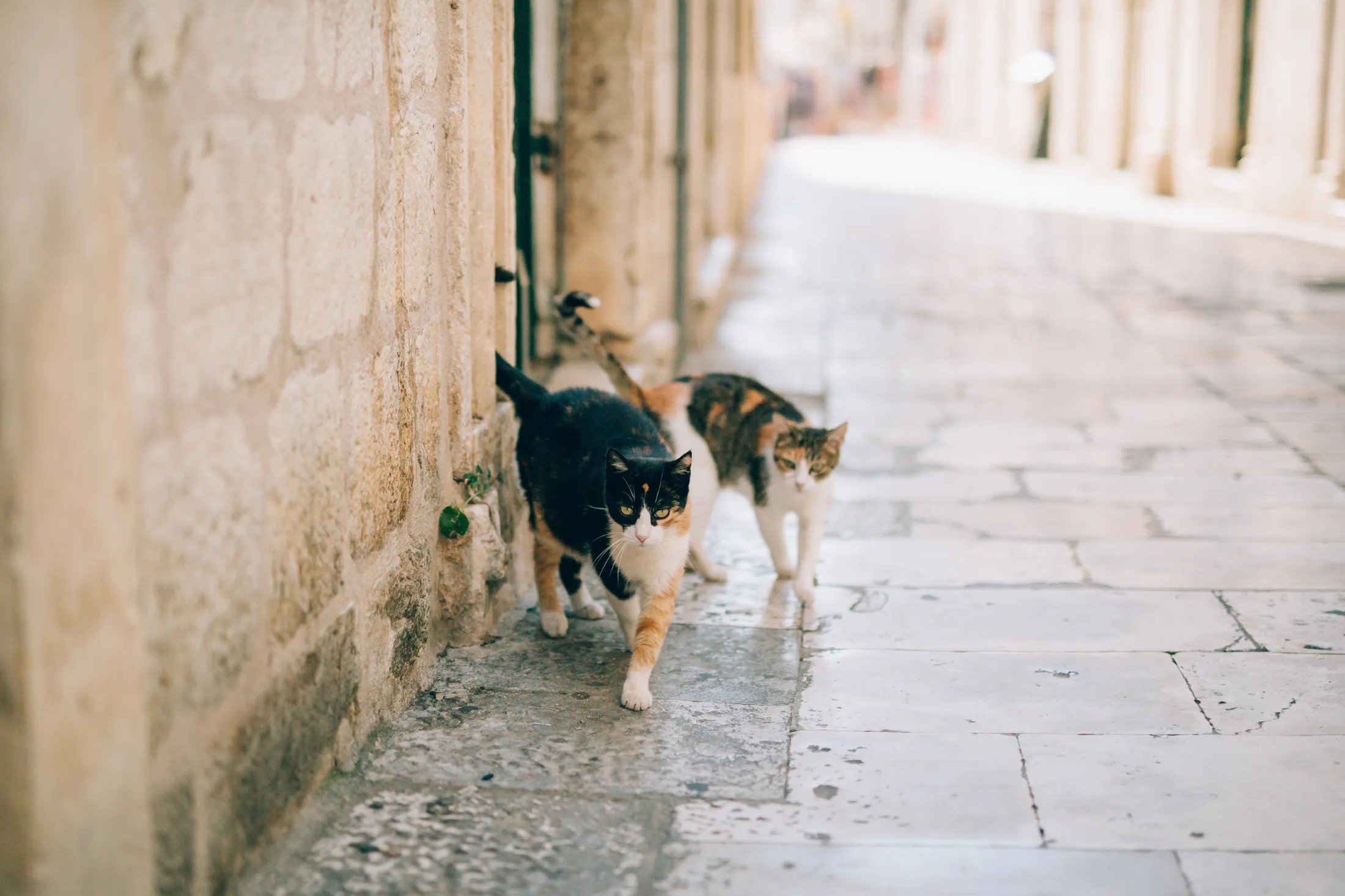Montenegro’s UNESCO sites are a testament to its rich history and breathtaking natural landscapes. Let’s explore these marvels in detail.
Montenegro's UNESCO Heritage Sites
UNESCO World Heritage Sites in Montenegro
Montenegro, a gem in the heart of the Balkans, is a tapestry of historical narratives and natural splendors. With its captivating UNESCO World Heritage Sites, this country offers a journey through time and nature. This blog, brought to you by CUE Podgorica, a premier hotel in Montenegro’s capital, invites you on an enchanting adventure to explore these sites, each a chapter in the story of human and natural history.
UNESCO Heritage Sites are globally recognized for their outstanding universal value, showcasing human genius or natural beauty. They represent the pinnacle of our planet’s cultural and natural heritage. A site must meet stringent criteria set by UNESCO, reflecting its significance in terms of history, culture, aesthetics, or scientific importance. These sites are not just tourist destinations; they embody the essence of human civilization and natural wonders, deserving preservation for posterity.
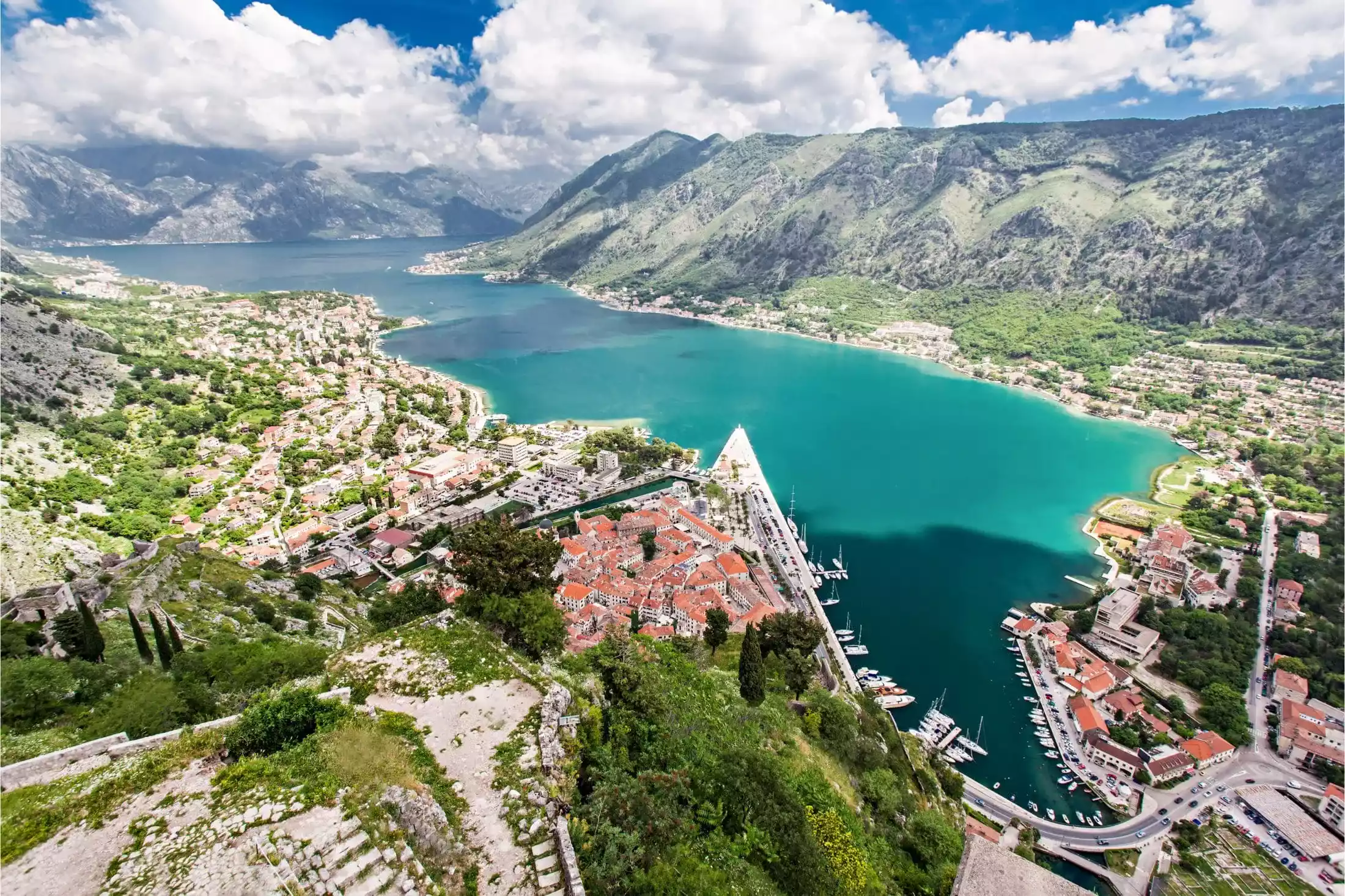
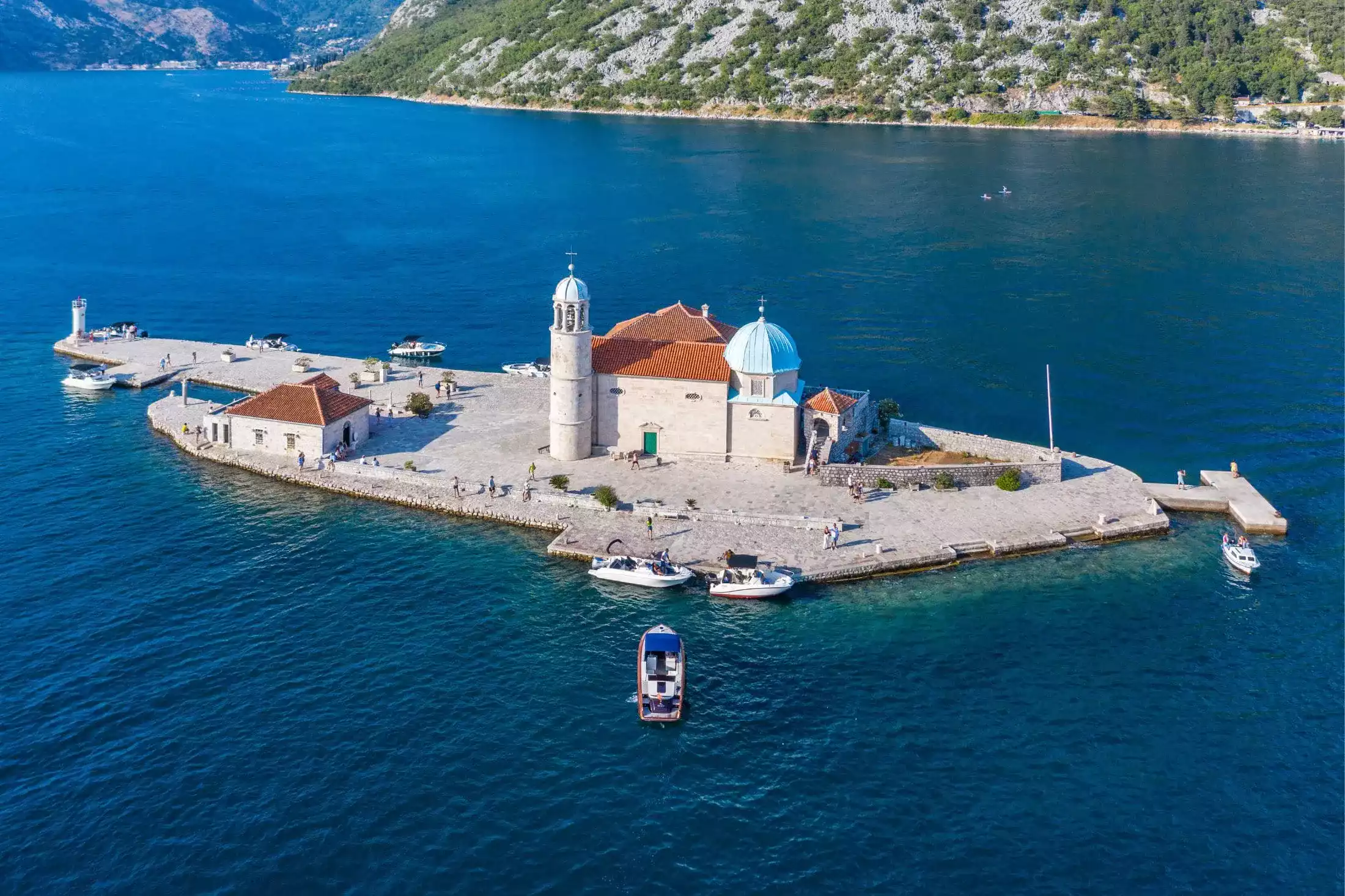
Kotor Bay
Natural and Culturo-Historical Region of Kotor, a dramatic union of mountainous terrain and the Adriatic Sea, boasts well-preserved medieval architecture. The Old Town of Kotor, a fortified city, is a labyrinth of historical treasures.
The Cathedral of Saint Tryphon, a symbol of Kotor’s faith and resilience, and the ancient city walls, offering panoramic views of the bay, are must-visits. The blend of Gothic, Romanesque, and Baroque architecture in this area showcases a rich historical tapestry. The heritage site also includes rustic settlements of Perast and Risan, as well as the two islets – The Island of St. George and The Lady of the Rocks.
The bay has been an important artistic and commercial center with its renowned schools of masonry and iconography. The intricate carvings and frescoes in the churches are a testament to this rich artistic heritage.
Durmitor National Park
Durmitor, a UNESCO-listed site, is a stunning display of nature’s artistry. It encompasses towering mountains, deep gorges, and dense forests. Home to diverse wildlife, including bears, wolves, and rare bird species, the park is a biodiversity hotspot.
The Tara River Canyon, within the park, is a haven for rafting enthusiasts and nature lovers and is the deepest canyon in Europe, the 2nd deepest in the world. The high plateau of Durmitor is called “Jezerska površ“ (Plateaus of Lakes) because of its 18 stunning lakes. Their captivating beauty earned them the nickname “Mountain Eyes“, and the most beautiful of the eyes are those of the Black Lake. Black Lake is a phenomenal destination for hiking and recreation and the absolute highlight of Durmitor. Because of all that, Durmitor is locally known as “the director of all mountains”.
This site also showcases the harmonious relationship between humans and nature. Traditional pastoralism, practiced in the region, reflects sustainable living in harmony with the environment.
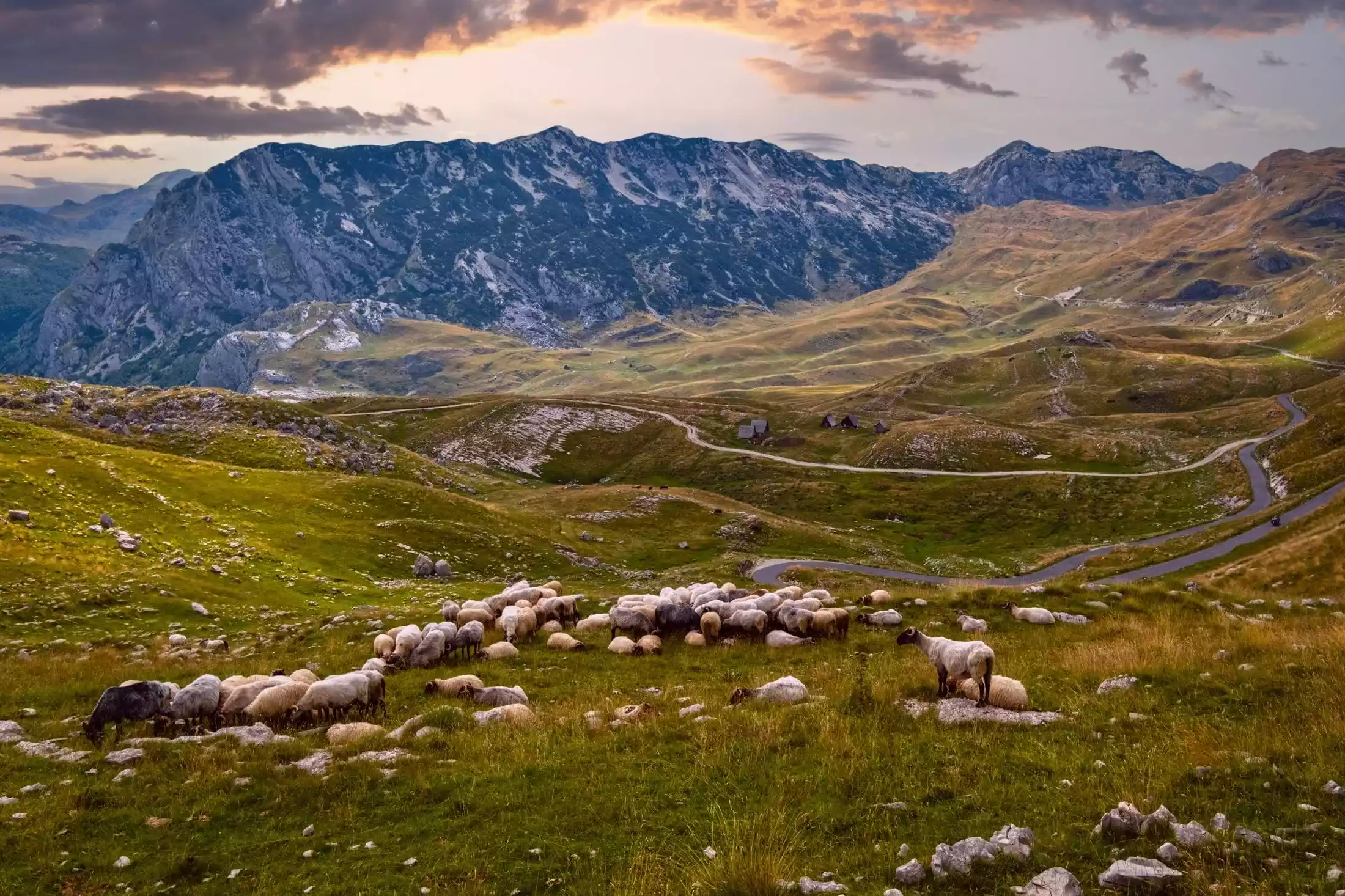
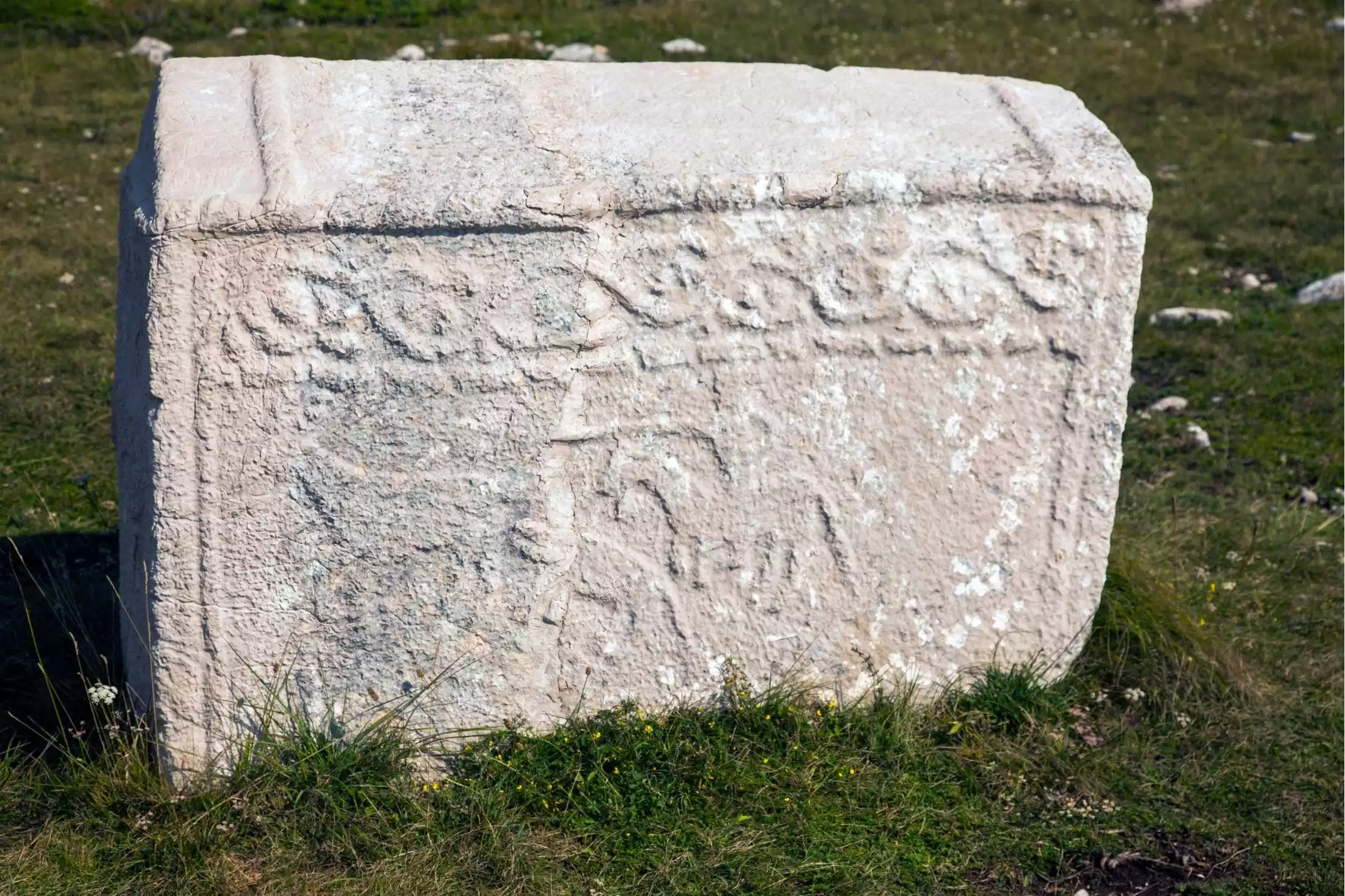
Stećci - Medieval Tombstones
The Stećci, scattered across Montenegro, are monumental tombstones dating back to the 12th to 16th centuries. They are remarkable for their unique decorative motifs and inscriptions.
These tombstones reveal a lot about the medieval Christian communities in the Balkans, their beliefs, social structures, and artistic expressions. The motifs on these stones range from simple crosses and swords to intricate interlace patterns, reflecting a fusion of various cultural influences.
Protecting these stones from weathering and human interference is a key concern. Their remote locations add to the challenges of conservation.
Three of the recorded 107 stećak sites in Montenegro are protected UNESCO World Heritage sites – two in Žabljak and one in Plužine.
Venetian Works of Defense
These fortifications, built by the Venetian Republic, demonstrate advanced military architecture of their time. They were crucial in safeguarding the maritime interests of the Republic. There are 6 Venetian fortifications in total (Italy, Croatia and Montenegro), and the Fortified City of Kotor is the oldest one.
Exploring these sites offers insight into the military strategies and architectural advancements of the Venetian era. They are also a reminder of the tumultuous history of this region, marked by conflicts and trade.
These sites serve not only as tourist attractions but also as educational platforms, providing insights into historical military architecture and urban planning.
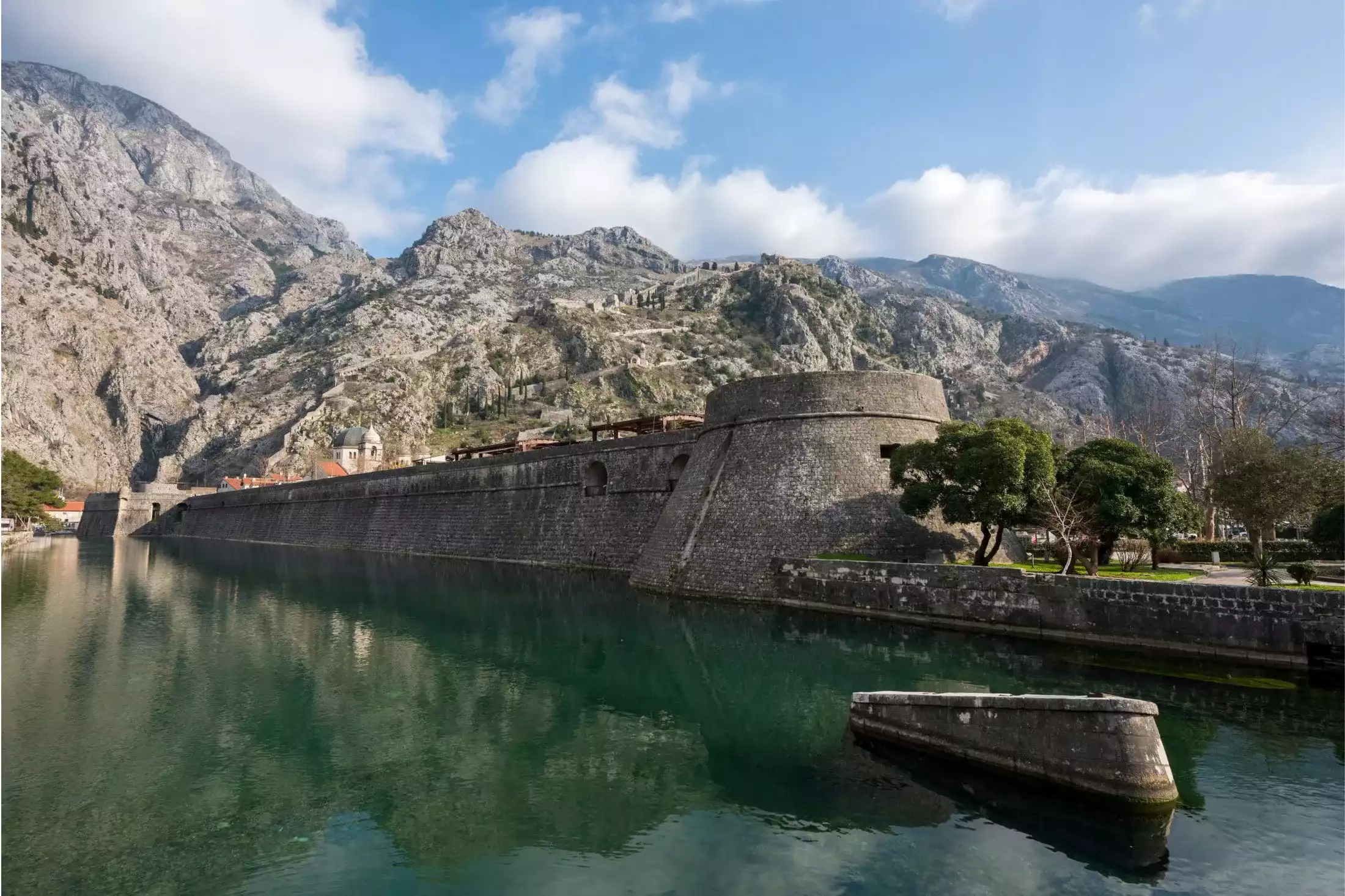
Conservation and Tourism
Montenegro’s commitment to conserving these sites is evident in its various preservation initiatives. It involves local communities, international experts, and government bodies. The challenge lies in promoting sustainable tourism that allows visitors to experience these wonders without compromising their integrity. This involves regulating visitor numbers, providing education on conservation, and developing infrastructure that minimizes environmental impact. CUE Podgorica, a Green Key Member, considers taking care of the environment of paramount importance.
Montenegro’s UNESCO sites are a blend of historical narratives and natural wonders. As we leave these sites, we carry with us a renewed appreciation for our shared heritage. Start your journey at CUE Podgorica, where every adventure into Montenegro’s rich history and stunning landscapes begins.
The Splendors of Biogradska Gora National Park
Nestled in the heart of Montenegro, Biogradska Gora National Park stands as a testament to the enduring beauty of nature. This hidden gem, one of Europe’s last three primeval forests, offers a unique blend of ecological diversity, cultural heritage, and breathtaking landscapes. Thinking of going on holiday in Montenegro? Podgorica is a perfect place for staying and being close to both southern and northern regions. We recommend staying at CUE Podgorica, one of the best hotels the country has offer.
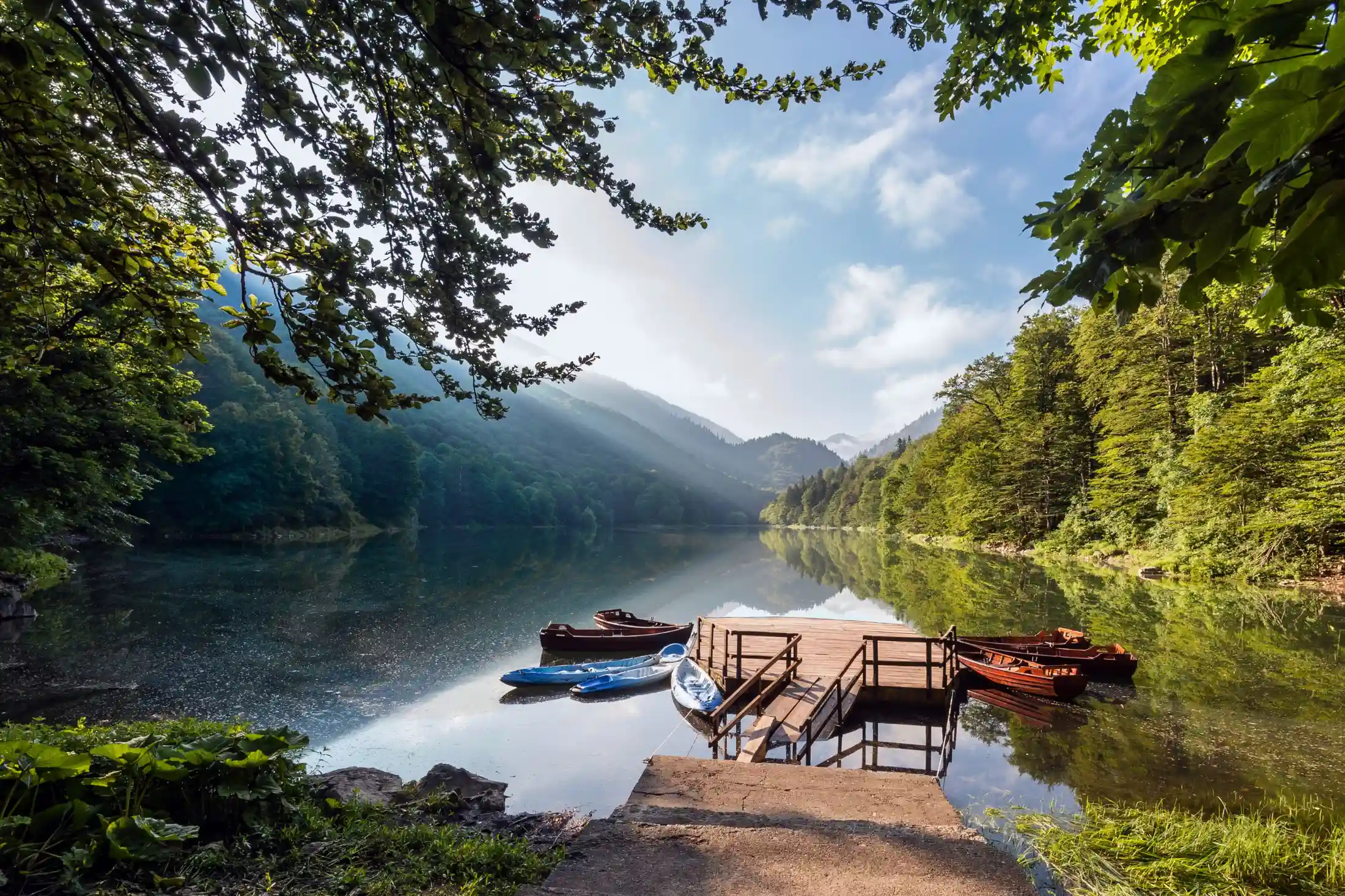
A Journey Through Ancient Woodlands
Biogradska Gora’s most striking feature is its virgin forest. The park is home to trees that are over 500 years old, creating a canopy that teems with life and history. As you walk through these ancient woodlands, you’re treading a path that has remained untouched for centuries. The forest is a haven for botanists, with over 2000 plant species, some of which are endemic to the region.
The park is not only a paradise for plant lovers but also a sanctuary for wildlife. It houses a variety of fauna, including the rare European brown bear, wolves, and over 150 bird species. The diversity of the ecosystem here is astounding – from the lush forest floors to the clear, serene lakes that dot the landscape.
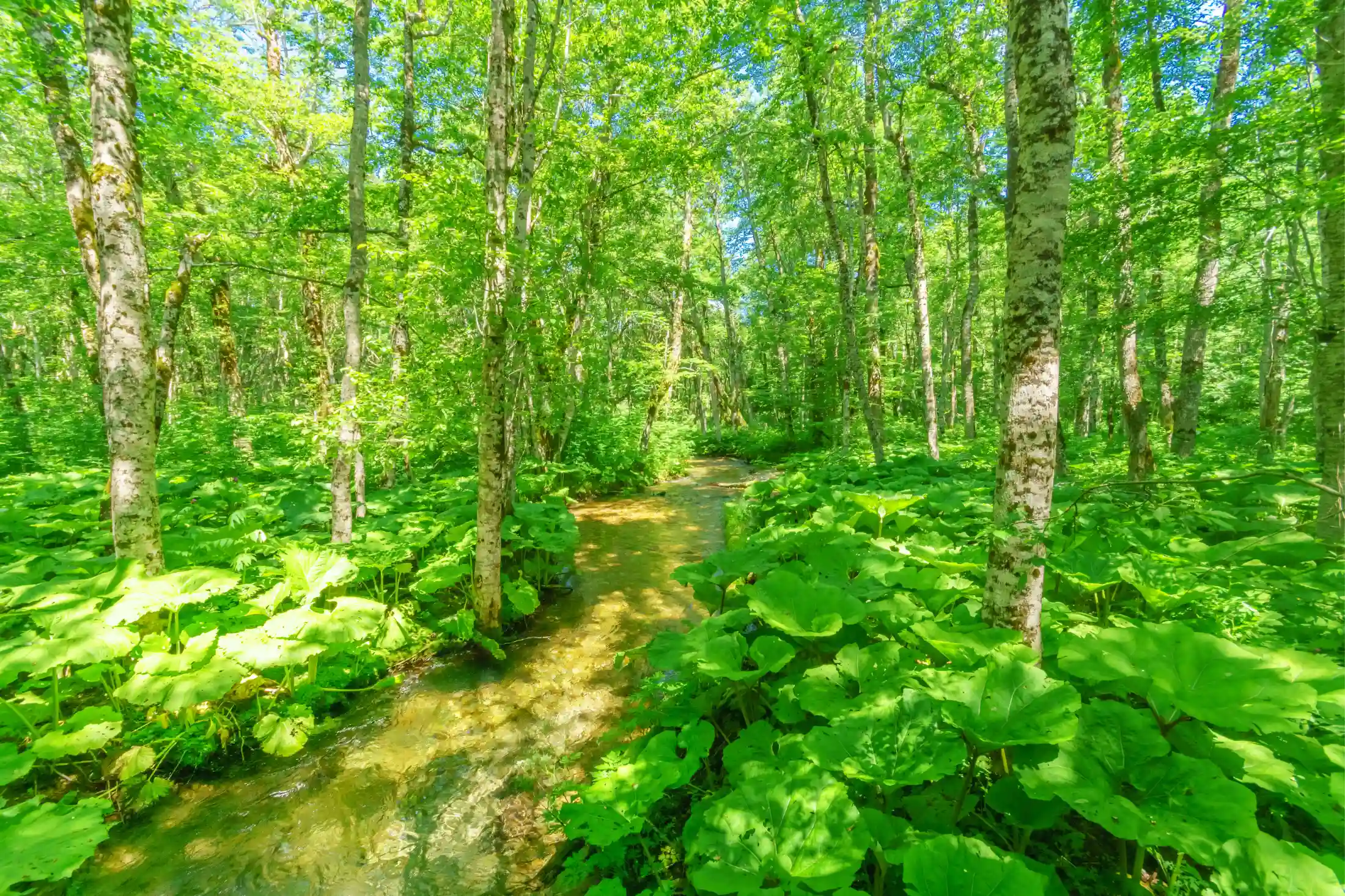
The Heart of the Park: Biogradsko Lake
At the centre of the park lies the stunning Biogradsko Lake. Encircled by forest and meadow, it’s a perfect spot for picnics, photography, or simply basking in the tranquillity of nature. The lake’s crystal-clear waters reflect the surrounding mountains and sky, creating a scene straight out of a fairytale.
Hiking and Adventure Awaits
For the adventurous at heart, Biogradska Gora offers numerous hiking trails. These range from easy walks around Biogradsko Lake to more challenging treks up the surrounding peaks. Each trail offers a unique perspective of the park’s landscape and wildlife. For those seeking a more thrilling experience, mountain biking and camping are also popular activities.
Cultural Heritage
The park is not just about natural beauty. It’s also steeped in cultural history. Visitors can explore traditional wooden huts, known as ‘katuns’, which are still used by local shepherds. These huts provide insight into the lifestyle and traditions of Montenegro’s highlanders.
Sustainable Tourism
Biogradska Gora is a model for sustainable tourism. The park management works tirelessly to preserve this natural wonder while making it accessible to visitors. By visiting, you’re not only enjoying its beauty but also contributing to its conservation.
Whether you’re a nature enthusiast, a culture buff, or an adventure seeker, Biogradska Gora National Park in Montenegro offers something for everyone. To make the most of your visit, plan ahead for accommodations and park activities. Remember to respect the natural environment and leave no trace of your visit behind.
Annual ticket for all five National Parks in Montenegro is 13.50 euros and you can buy it here.
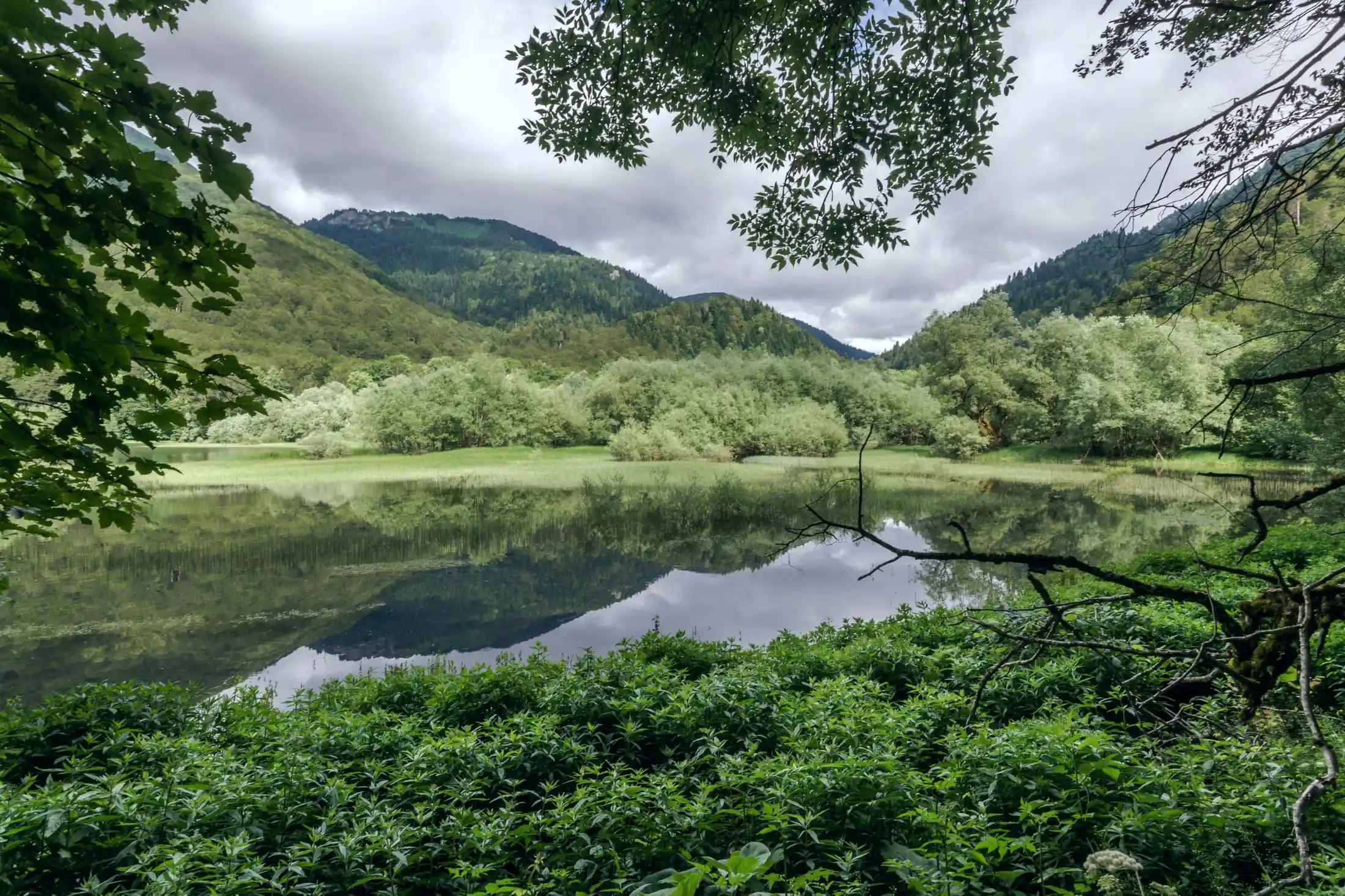
Cetinje: Old Royal Capital of Montenegro
Cetinje, the Old Royal Capital of Montenegro, is a city where the echoes of the past meet the vibrancy of the present. Located in a picturesque valley beneath Mount Lovćen, Cetinje is not just a historical city but a living museum, showcasing Montenegro’s rich cultural and historical heritage. All that just 30 minutes driving from CUE Podgorica.
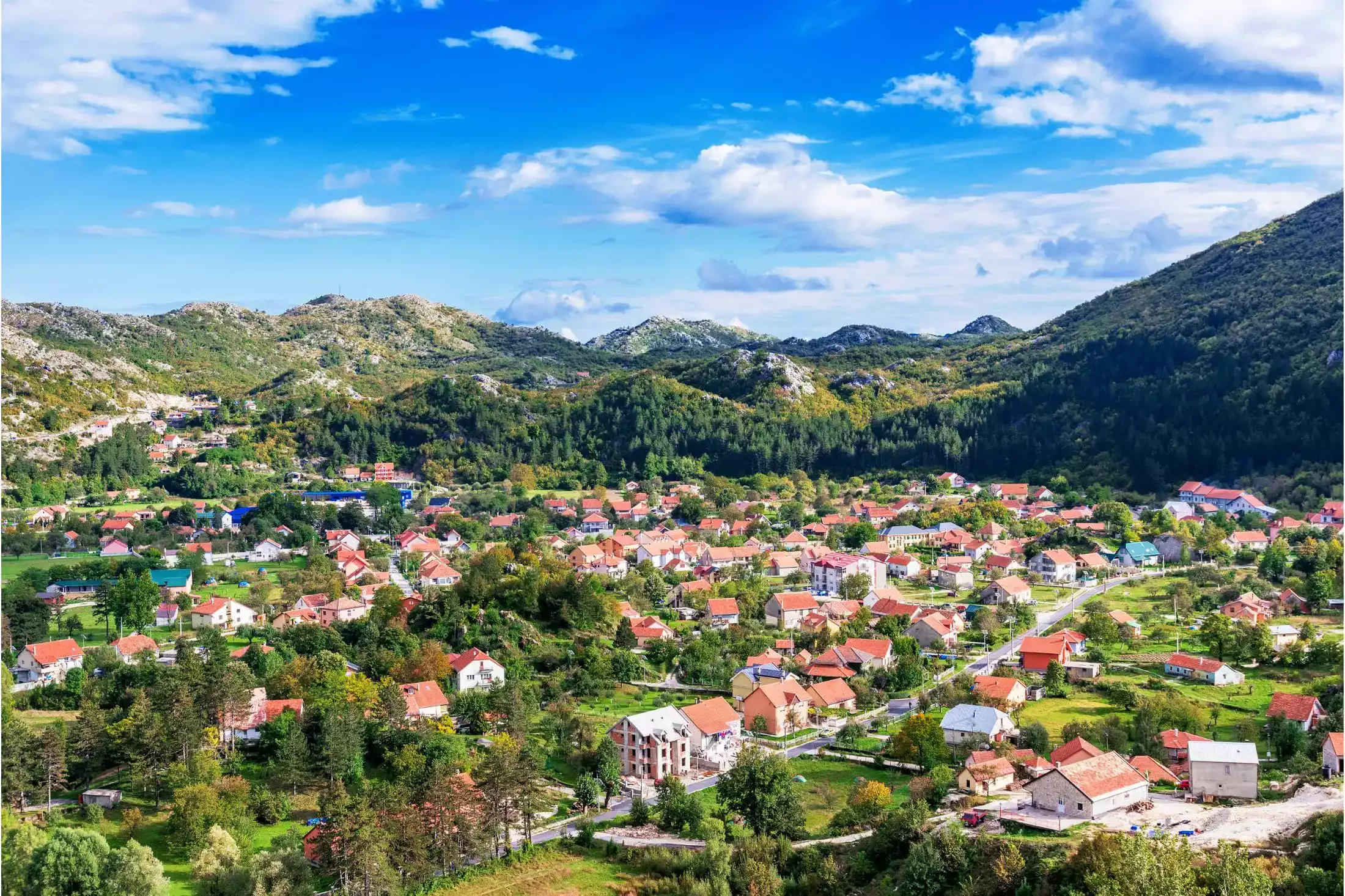
Historical Significance Cetinje’s foundation in the 15th century marked the beginning of its journey as the heart of Montenegrin culture and orthodoxy. It has been the seat of Montenegrin rulers, a witness to political upheavals, and a bastion of national identity. Its streets and buildings are a chronicle of Montenegro’s tumultuous yet proud history.
Architectural Marvels The Cetinje Monastery, dating back to the 15th century, stands as a testament to Montenegrin resilience and faith. The Blue Palace, once the royal residence, now serves as the President’s House, showcasing elegant 19th-century design. Biljarda, named after the billiard table of King Nikola, is another historical edifice, now housing part of the National Museum.
Museums and Art Galleries The National Museum of Montenegro is a conglomerate of museums, including the Historical Museum, Art Museum, and Ethnographic Museum, each offering a unique perspective on Montenegro’s rich artistic and historical tapestry. These institutions house invaluable collections, from medieval artifacts to modern art, telling the story of Montenegro’s cultural evolution.
The Cetinje Monastery The Monastery is not only a religious site but also a symbol of national pride. It holds relics of great significance, such as the hand of John the Baptist and a piece of the True Cross, making it a pilgrimage site for the Orthodox Christian community and a point of interest for history enthusiasts.
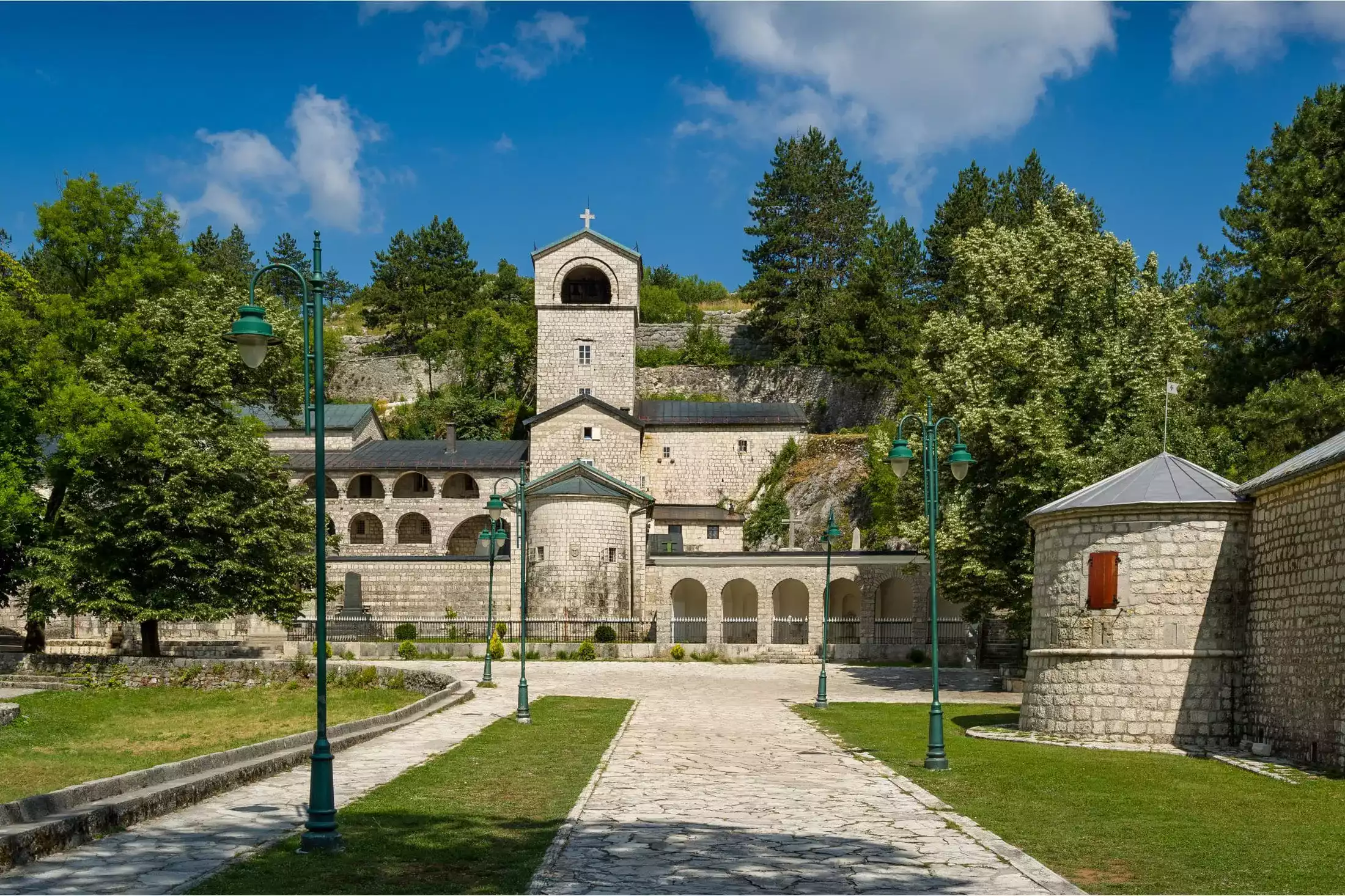
Cultural Festivals and Events Cetinje comes alive with its cultural festivals and events, celebrating Montenegrin folk traditions, music, and dance. These events are a vibrant showcase of the country’s heritage, attracting both locals and tourists alike, and offering a glimpse into the soul of Montenegrin culture. A few days ago, the “New Year’s Story in Prijestonica” bazaar was officially opened till January 8, 2024. Organizers announced a lot of concerts with domestic and regional musical stars.
Nature and Surroundings Lovćen National Park, with its majestic mountain peaks and lush forests, offers a serene escape from the city. The park is not only a natural wonder but also holds cultural significance, housing the Njegoš Mausoleum, a monument to one of Montenegro’s most revered figures, Petar II Petrović-Njegoš.
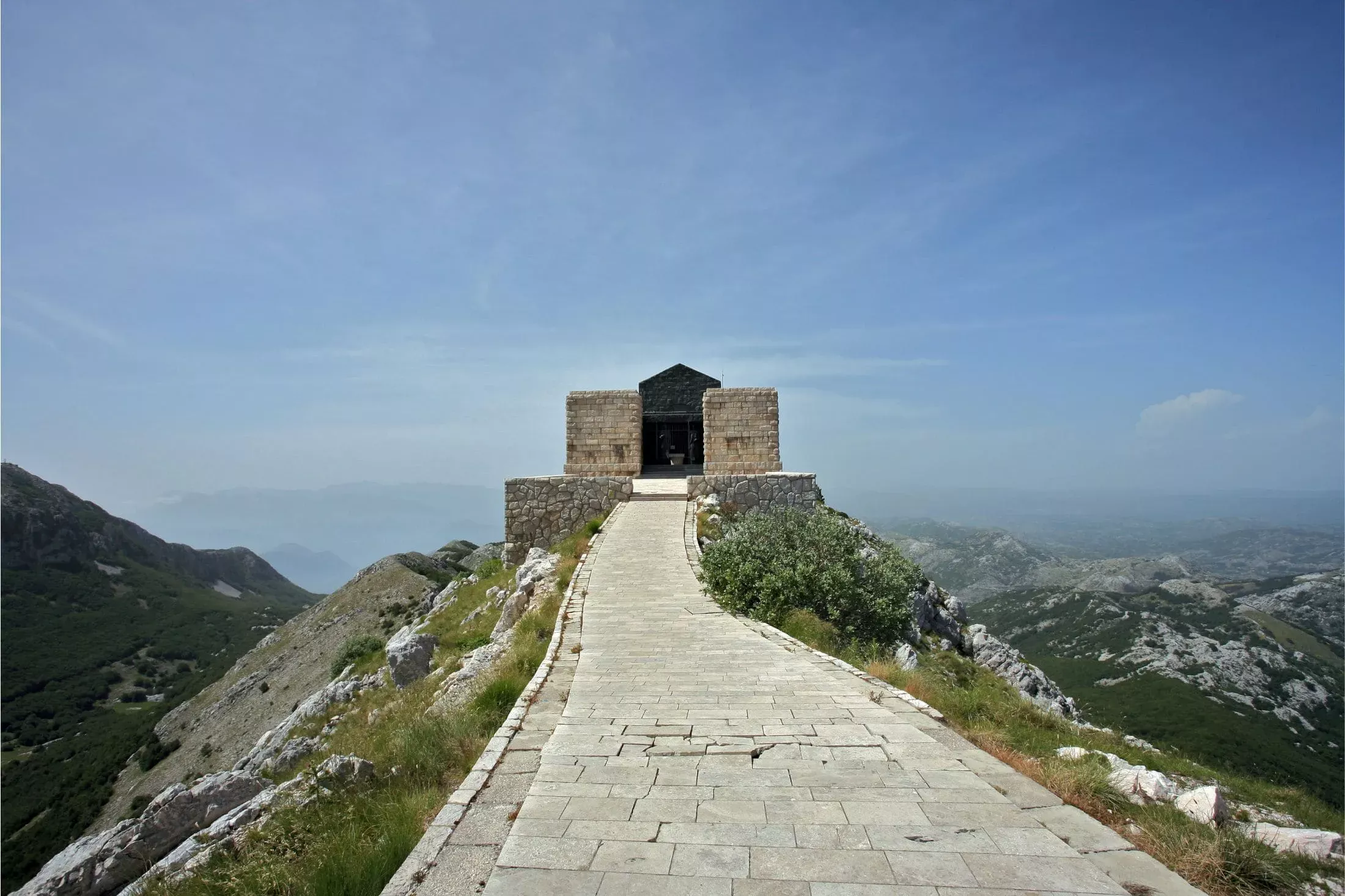
Culinary Delights Cetinje’s culinary scene is a delightful journey through Montenegro’s gastronomic heritage. The region is famous for its Njeguši cheese and prosciutto, one of the most popular local Montenegrin Produce, a must-try for food lovers. These delicacies, with their unique flavors, embody the fusion of the region’s natural bounty and traditional culinary practices.
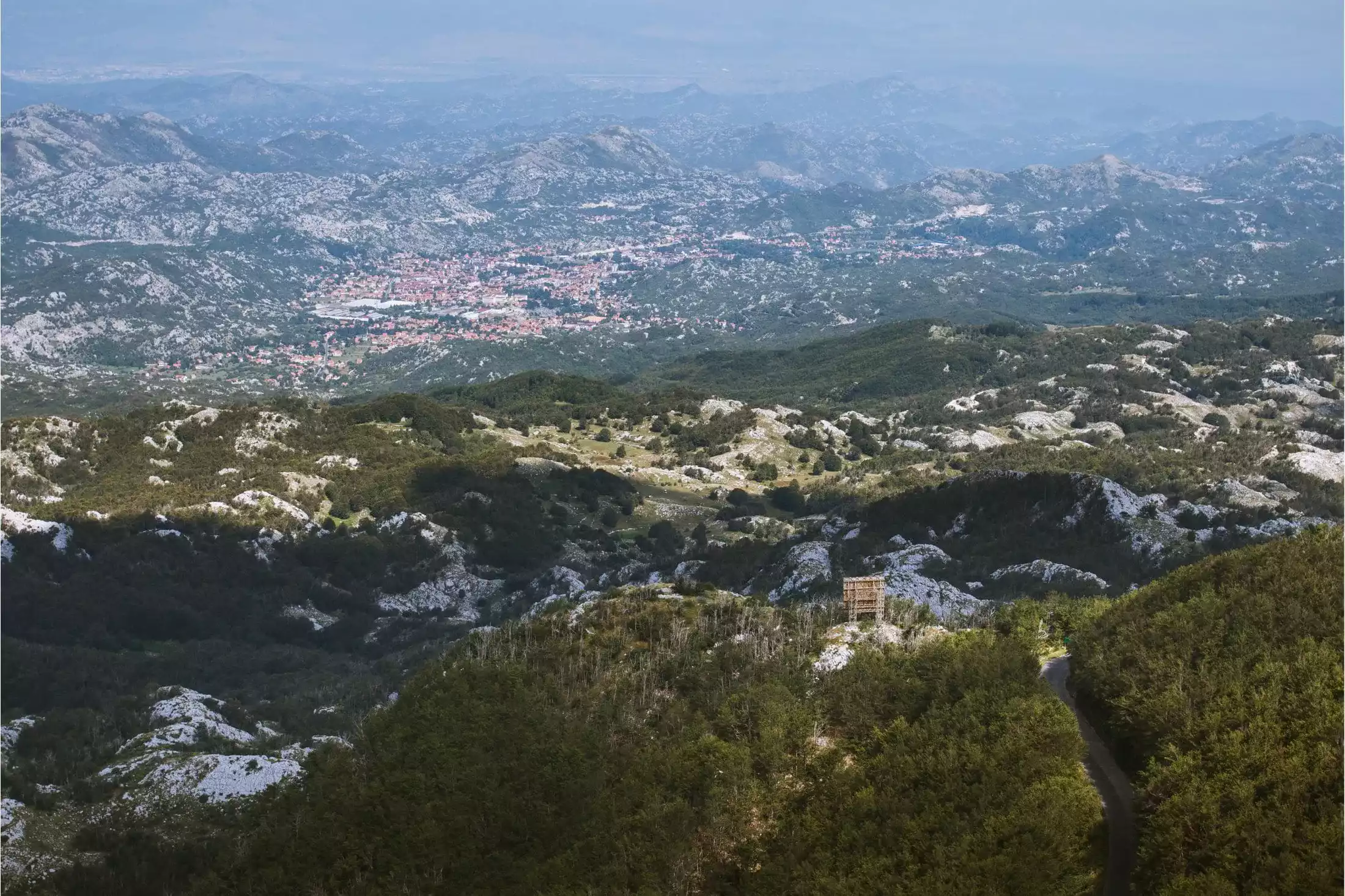
A journey to Cetinje is more than just a visit to another city; it’s an immersive dive into the very heart of Montenegro. As you wander its streets, you’ll be enveloped in tales of the nation’s rich history and vibrant present. Each building, every landscape speaks volumes of the country’s journey. While exploring this captivating city, consider enhancing your experience by staying at the CUE Podgorica Hotel, a remarkable accommodation choice that complements the essence of the region. Cetinje’s blend of historical significance and natural splendor makes it an unmissable destination in Montenegro, and the CUE Podgorica Hotel offers the perfect base to discover it all.
The third Rakija Fest attracted many visitors: Rakija as a national brand!
The third Rakija Fest drew significant interest as it unfolded last weekend at CUE Podgorica hotel, in the Grand Room. This unique event delighted numerous visitors who had the opportunity, from 12 to 8 pm, to explore a wide array of exhibitors from Montenegro and the region and enjoy all the peculiarities of the queen of strong spirits – rakija.
“We are extremely happy with this year’s edition of Rakija Fest. We had much more visitors than in previous years, including 2019 when the first
Rakija Fest took place. This year, we had around 20 exhibitors who presented about 120 types of rakija. Among the exhibitors, in addition to producers, there were distributors from Montenegro, as well as countries in the region, primarily Serbia and Bosnia and Herzegovina. Some labels came from North Macedonia and Italy. Of course, we would always love to have more exhibitors, especially from our country, and as many as possible from other countries in the region,” stated Jelena Gardović, PR and Marketing Manager at CUE Podgorica hotel.


“Rakija is a product that definitely deserves attention not only from Montenegro but also from the countries in the region. It’s a product that has been crafted in Montenegro for several decades, if not centuries, and therefore, we believe it deserves the status of a national brand, which we hope institutions will recognize at some point,” emphasized Gardović.
The richness of tradition and flavors offered by this exceptional beverage were recognized by numerous visitors, both from Montenegro and other European countries.
“I recommend your rakija, whether it’s Šljiva, Prepečenica, Dunja, or any other, to people from Ukraine and other countries. This drink is authentic for Montenegro, Serbia, and the entire Balkans. Rakija Fest is a great representation of all of this,” said Maxim from Ukraine, who attended all three editions of this event
Enthusiasm was evident among other guests, whether encountering Rakija Fest for the first time or returning for more.
“Such events are really fantastic, and if there were more of them, it would be even better. There is a great selection of rakija and distilleries presented here. It’s impossible to try everything they offer in one day, and it’s challenging to choose just a few rakija to taste. Still, this is a great
opportunity to talk to producers, see how everything started, and eventually buy a bottle to complete the whole story,” said one of the visitors.
Due to the good attendance and positive guests’ reactions, organizers believe that this event will become a good tradition in Podgorica, offering significant benefits for the entire Montenegro.
“Besides the fact that rakija brings people together, this is an opportunity for producers, i.e., distributors, to find new customers and clients. Our hotel contributes significantly because we believe that this event is truly worth it, and at the same time, we promote the destination, not only Podgorica but also Montenegro,” concluded Jelena Gardović, PR and Marketing Manager at CUE Podgorica hotel.


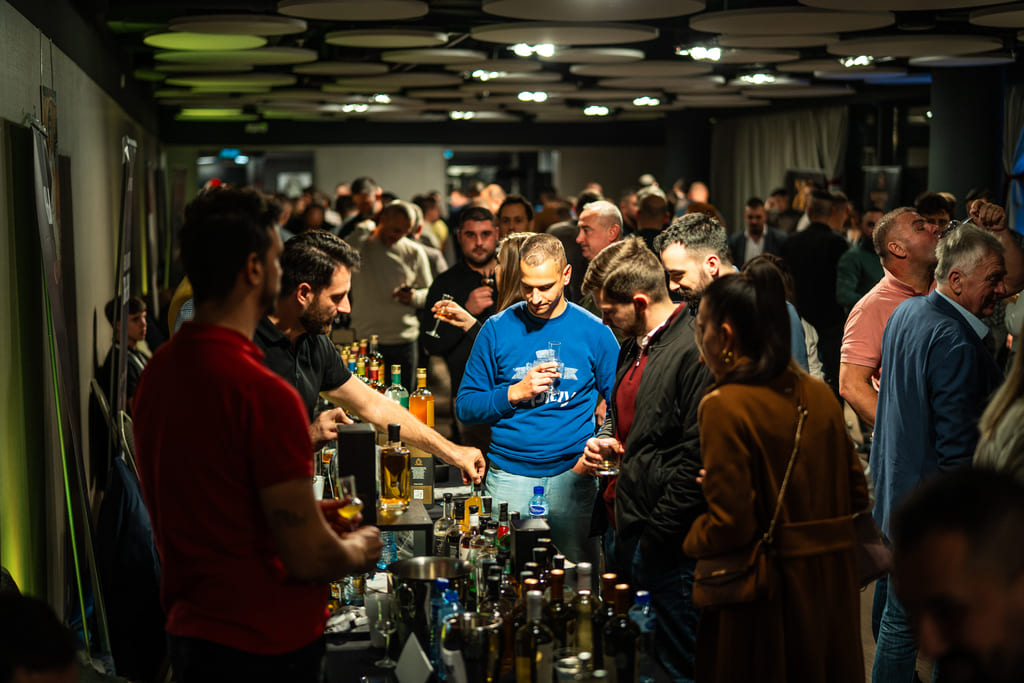

Tara River Canyon
Tara Canyon is a wonder of nature that captivates visitors with its breathtaking landscapes. When exploring Montenegro, don’t miss out on the exhilarating experience of white-water rafting through its swift currents. For your stay, CUE Podgorica is the top hotel recommendation.
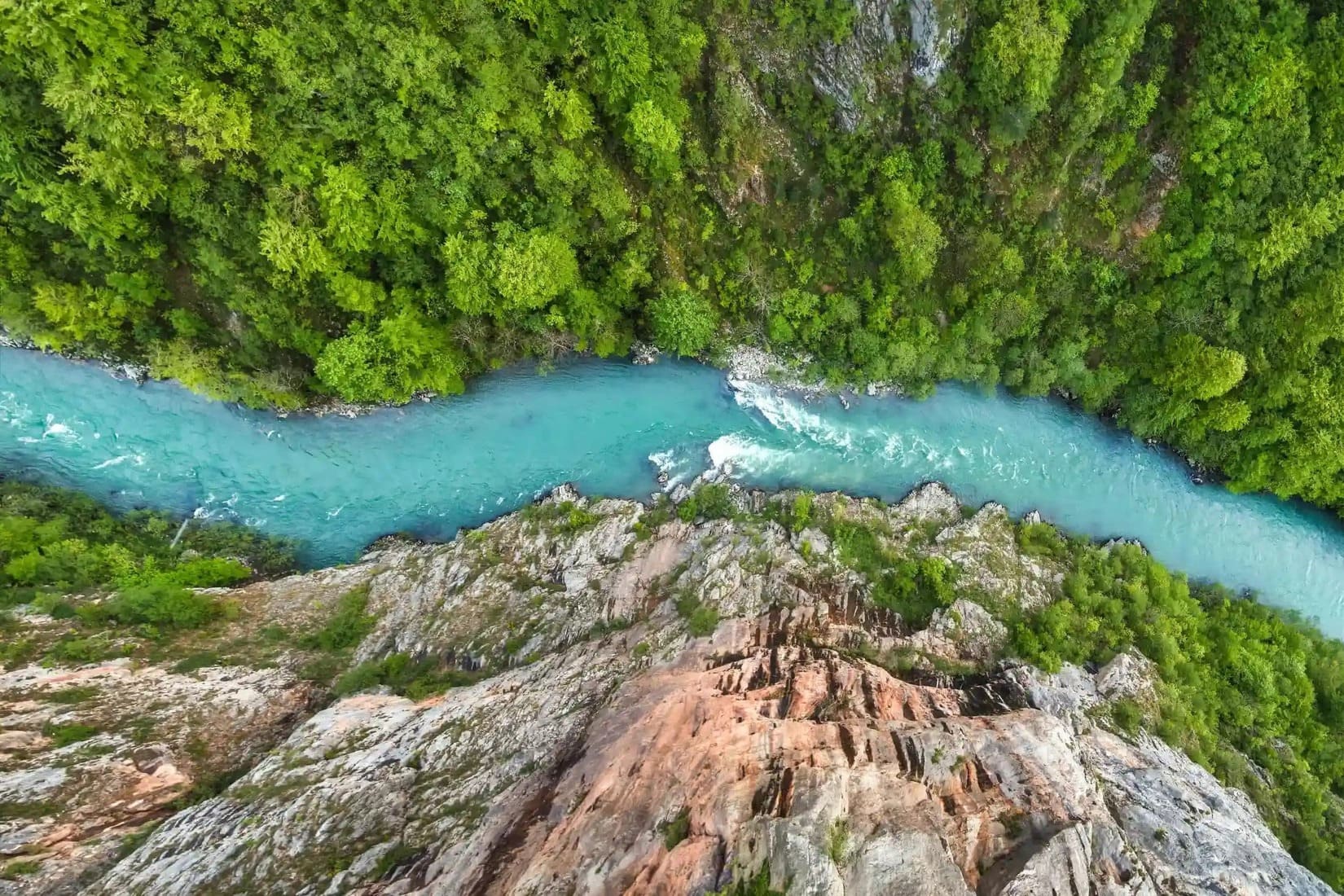
Geography and Natural Splendour
Tara Canyon, also known as the Tara River Gorge, is the deepest river canyon in Europe and the second deepest in the world after the Grand Canyon. It stretches 82 kilometres and is part of the Durmitor National Park, a UNESCO World Heritage Site. The canyon is formed by the Tara River, known for its crystal-clear waters and vibrant ecosystem. The dramatic cliffs, some reaching heights of over 1,300 meters, offer stunning panoramic views and form a remarkable natural landscape.
A Haven for Adventure Seekers
Flowing through this canyon is the Tara River, the longest river in Montenegro (144 km), known for its vibrant ecosystem and pristine waters. The river transforms into the Drina River after joining the Piva near Hum. It’s characterized by a significant drop and numerous cascades, creating ideal conditions for white-water rafting, making it a paradise for adventure lovers. The rapids range from calm waters to challenging class III and IV rapids, providing an exhilarating experience for both beginners and experienced rafters. Apart from rafting, the area is ideal for hiking, mountaineering, and fishing. The well-marked trails lead adventurers through lush forests, serene meadows, and hidden waterfalls, showcasing the area’s natural beauty.
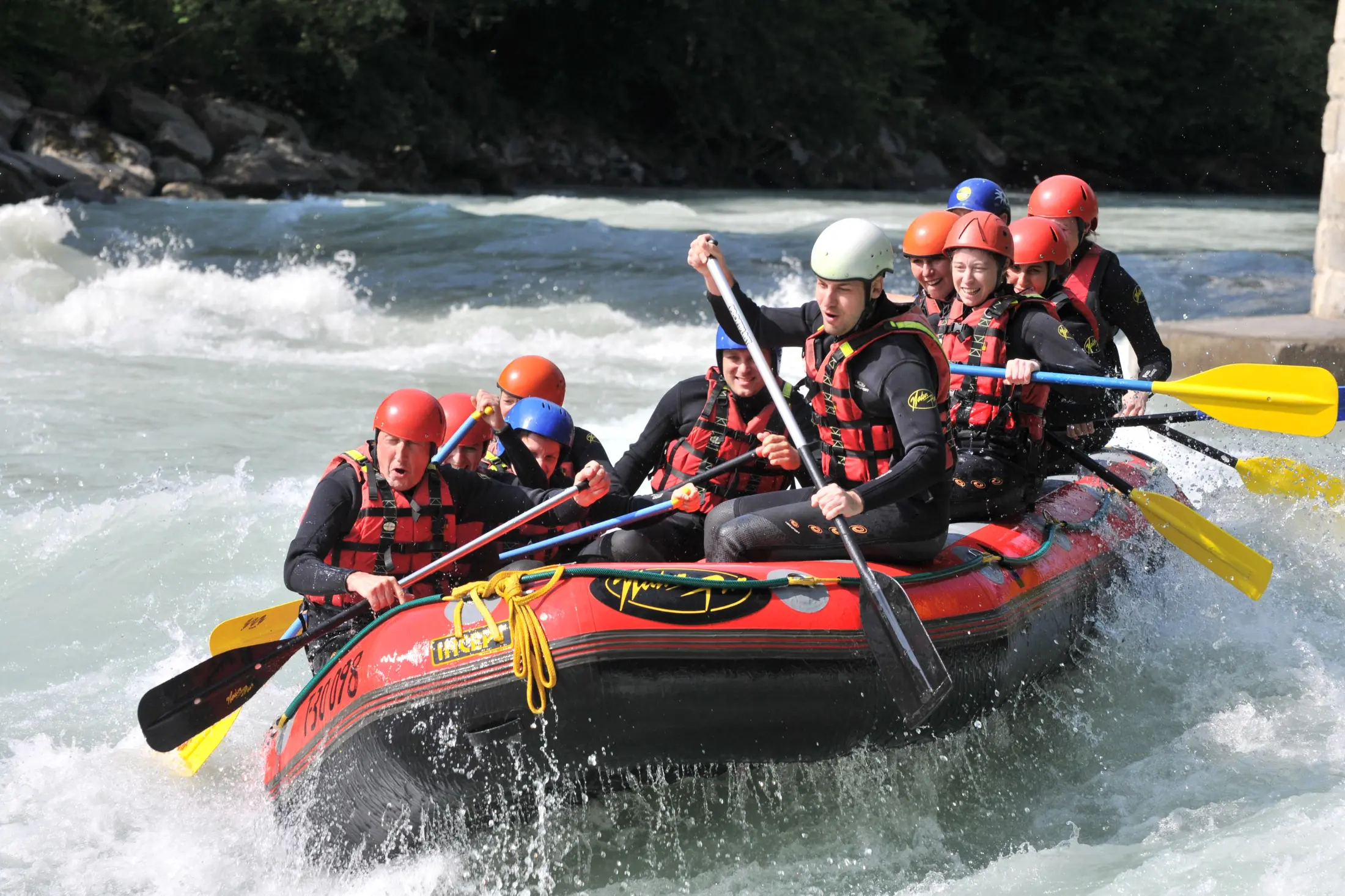
Conservation and Environmental Significance
The Tara Canyon is not just a natural wonder but also an ecological treasure. Its diverse flora and fauna include several endemic species. The region’s pristine nature is a result of stringent conservation efforts. The Montenegrin government, along with international organizations, works tirelessly to protect this unique ecosystem from the threats of development and pollution. This commitment to preservation ensures that Tara Canyon remains a sanctuary for wildlife and a testament to the beauty of unspoiled nature.
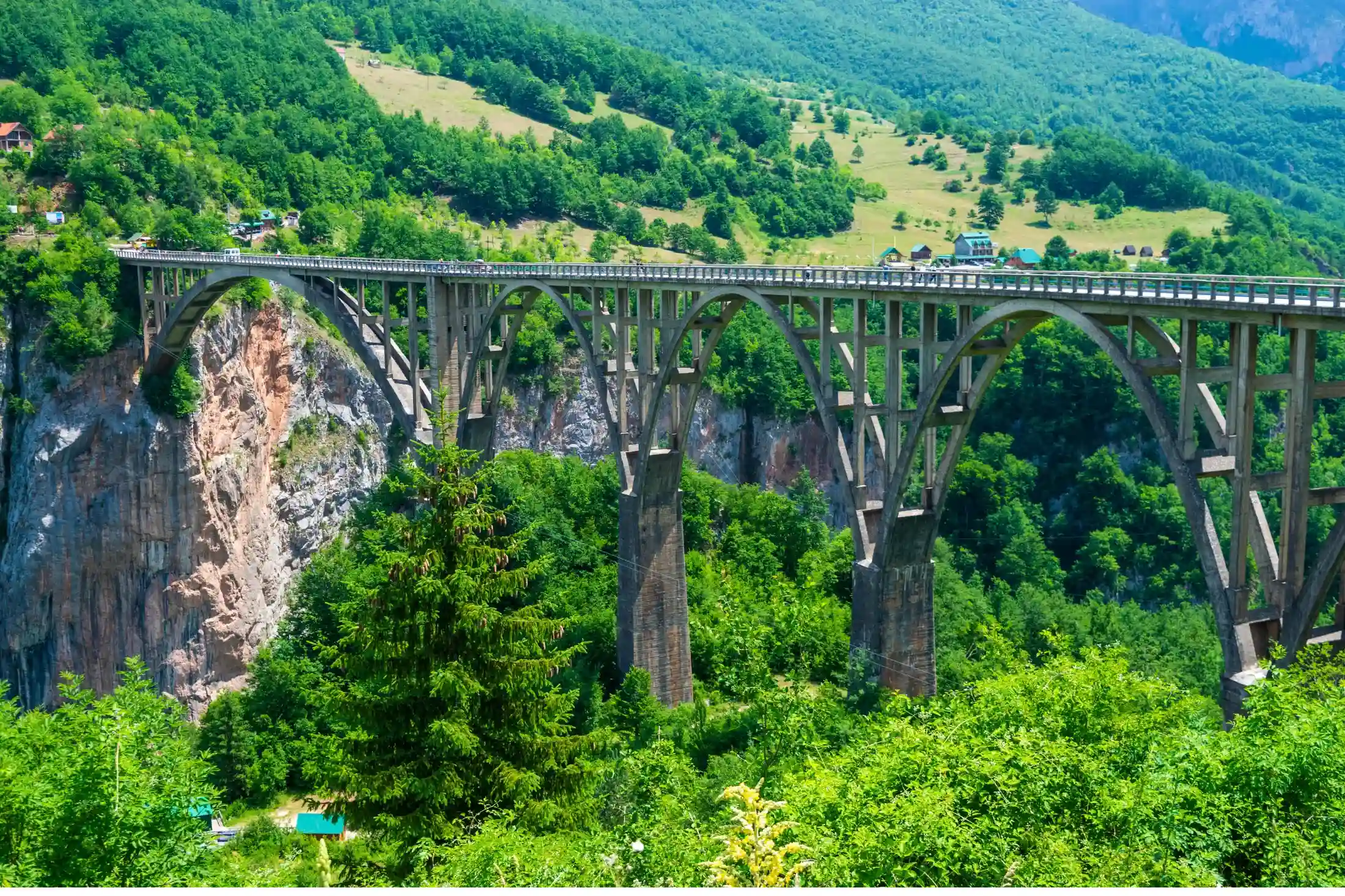
Cultural and Historical Insights
Beyond its natural allure, the gorge is steeped in history and culture. The region is dotted with traditional Montenegrin villages. Visitors can explore ancient monasteries, historic bridges like the Djurdjevića Tara Bridge, and remnants of old fortresses. These cultural landmarks, coupled with the warm hospitality of the local people, offer a glimpse into the rich heritage and traditions of Montenegro.
If you want an experience that combines adventure, natural beauty, and cultural richness then you are at the right place. From navigating its white-water rapids, and trekking along picturesque trails, to immersing yourself in the rich local traditions, this canyon is a gateway to the untamed beauty of Montenegro’s wilderness. A symbol of nature’s magnificent force and splendour, Tara Canyon is an essential destination for anyone visiting Montenegro. Here, you will find not just excitement and serenity, but also an enriching cultural experience. Enhance your journey by staying at the CUE Podgorica, where comfort meets elegance, providing the perfect base for your Tara Canyon adventure.
The Ancient City of Duklja: A Portal to Montenegro's Rich History
Welcome to a journey into the heart of Montenegro’s past. For travelers staying at the CUE Podgorica, a visit to the nearby ancient city of Duklja offers a unique opportunity to explore a significant part of the region’s rich historical tapestry.

The Ancient Origins of Duklja
Duklja, originally known as Doclea in Roman times, is a site steeped in history, dating back to the 1st century AD. This city, once a bustling center during the Roman Empire and the early Byzantine period, stood at the confluence of important trade routes, contributing to its prosperity and cultural importance.
The ruins of Duklja tell a story of a city that has seen the rise and fall of empires. Visitors can explore the remnants of Roman streets, public baths, temples, and necropolises, offering a glimpse into the lives of its ancient inhabitants.
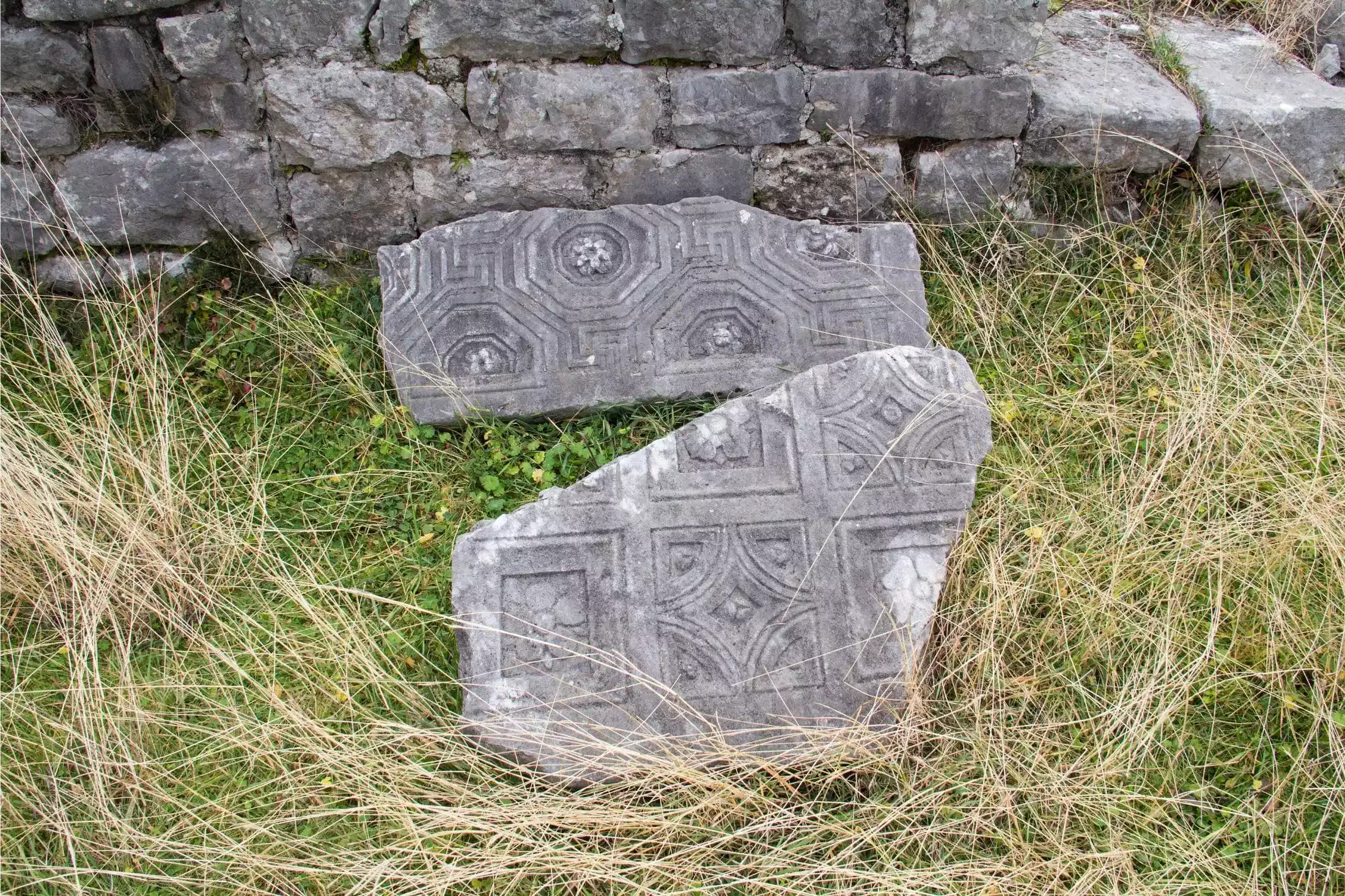
Roman Influence and Architectural Marvels
The Roman influence on Duklja is evident in its architecture and urban planning. The city’s layout, with its streets, public buildings, and homes, reflects the sophisticated Roman approach to city development. Among the most notable architectural remnants are the complex of public baths, showcasing advanced engineering skills in aqueducts and heating systems.
The ruins also reveal a blend of pagan and early Christian influences, with temples dedicated to Roman gods existing alongside early Christian symbols and structures.
Archaeological Discoveries and Cultural Insights
Archaeological excavations in Duklja have brought to light numerous artifacts that offer insights into the daily life, religion, and art of the period. These discoveries include beautifully crafted Roman sculptures, detailed mosaics, and early Christian relics, each telling a story of the cultural and religious diversity of the region.
One of the key attractions for visitors is the necropolis, a testament to the complex funerary practices and beliefs of the ancient inhabitants. The tombs, with their intricate carvings and inscriptions, provide invaluable information about the social structures and personal lives of those who lived in Duklja.
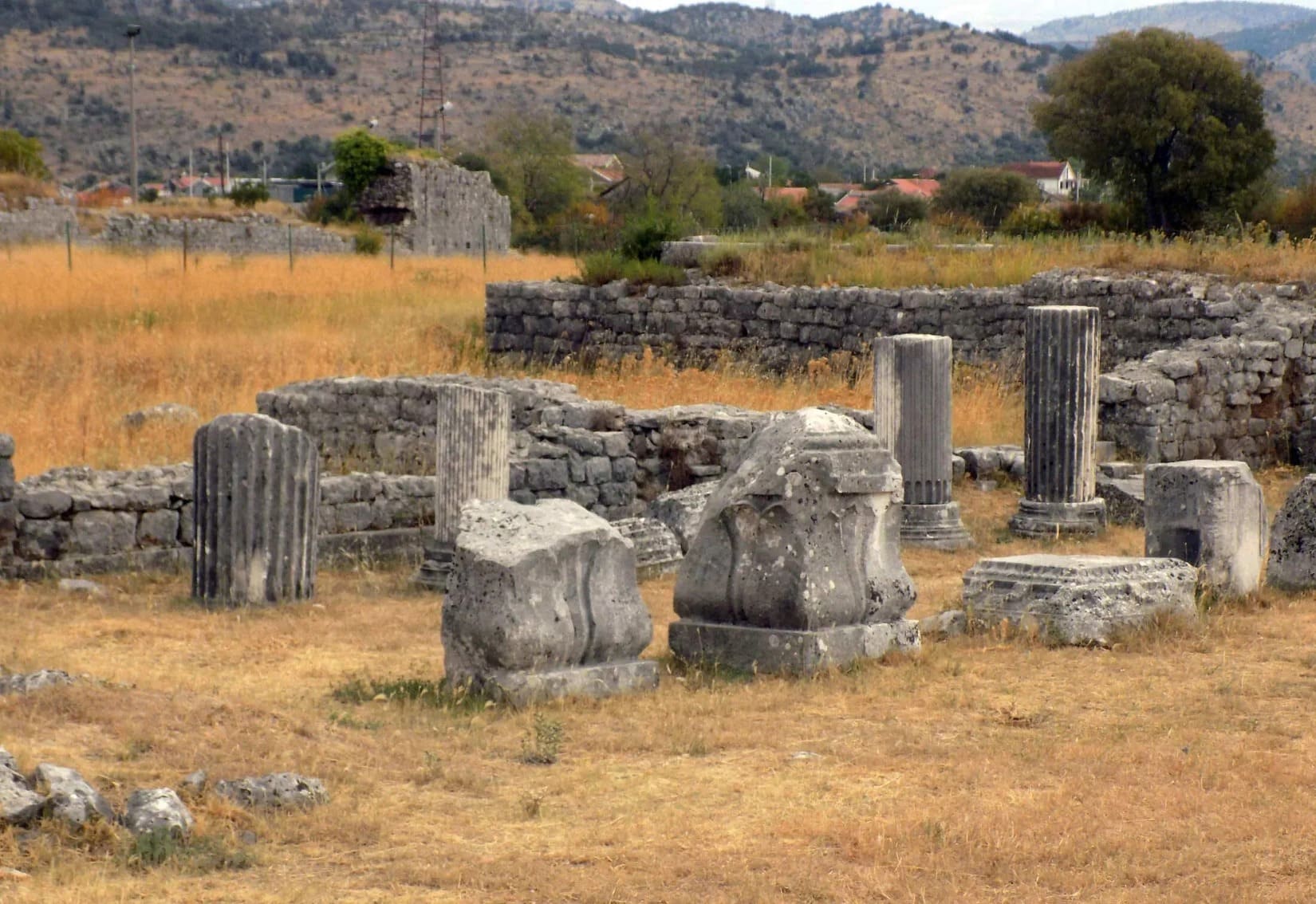
Duklja Through the Ages: From Roman Town to Medieval Fortress
The evolution of Duklja from a Roman town to a fortified medieval city highlights the turbulent history of Montenegro. After the fall of the Roman Empire, Duklja experienced periods of Byzantine, Slavic, and eventually, Ottoman influences. Each era left its mark on the city, contributing to its rich historical mosaic.
Visiting Duklja: A Must-Do for Guests at CUE Hotel
For guests at the CUE Podgorica, a visit to Duklja is both convenient and highly recommended. Just a short drive from the hotel, this historical site is an ideal destination for a day trip. Explore the ancient ruins, immerse yourself in the history of Montenegro, and capture the essence of a bygone era.
After a day of historical exploration, return to the comfort and modern amenities of the CUE Podgorica. The hotel’s prime location, combined with its luxurious offerings, makes it the perfect base for those looking to delve into Montenegro’s rich past and vibrant present.
The ancient city of Duklja is a journey through time, offering a glimpse into the layers of history that have shaped Montenegro. For travelers staying at the CUE Podgorica, this historical gem is a must-visit, seamlessly blending the exploration of ancient wonders with contemporary comfort and luxury. Check out the CUE Podgorica offers and book an unforgettable stay today!
Savoring Tradition: Announcement of the Third RAKIJA Fest at Hotel CUE Podgorica!
An exciting December for all rakija enthusiasts is coming with the third Rakija Fest, set to take place on Saturday, December 9, 2023, in the Grand Room of Hotel CUE Podgorica.
The unique event organized by Hotel CUE Podgorica promises to captivate visitors from 12 PM to 8 PM. Exhibitors from Montenegro and the region will showcase an impressive array of 120 rakija varieties, some with decades-long traditions.
This is your opportunity to save the date and join us as we collectively relish products worthy of national acclaim. Tickets for this unforgettable event are available for only 10 euros at The Living Room Lounge & Dining bar.
Join us at Rakija Fest and explore the richness of flavors and heritage that these traditional beverages carry.
Hotel CUE Podgorica organizes Rakija Fest with the support of TO Podgorica, Aqua Bianca company and The Capital Plaza center.
See you in the Grand Room of Hotel CUE Podgorica!
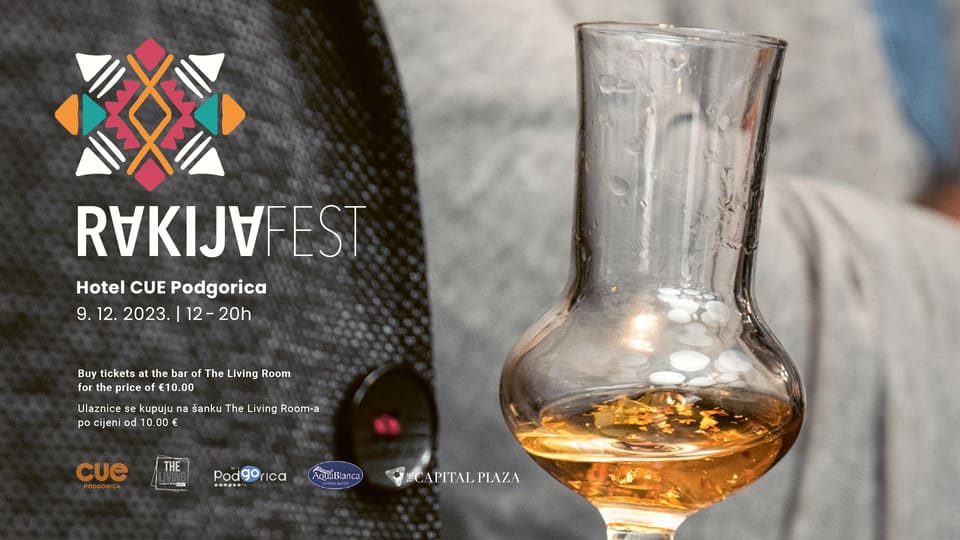
Portraits of renowned artists at CUE Podgorica Hotel
The photo exhibition ‘Behind the Face’ by the acclaimed artist Nebojša Babić from Serbia was opened last night at the CUE Podgorica Hotel gallery. Babić presents a wide spectrum of personalities, from actors, artists, musicians to athletes and writers, including Anica Dobra, Voja Brajović, Mirjana Karanović, Sonja Savić, Novak Đoković, Josipa Lisac, Jagoš Marković, Zubin Mehta, Aleksandar Kelić, and many others.
The exhibition, consisting of 54 photographs, was opened by Dejan Kalezić, founder of the F64 Gallery, the only photo gallery in Montenegro.
“I wouldn’t speak much about Nebojša’s work because the portraits speak for themselves. What impressed me the most is the individual approach to each portrayed person. Together, we strive to elevate photographic culture to a higher level,” concluded Kalezić.
Babić’s portraits are special because they reveal the characteristics of each person and depict them in a way that unveils their essence, authenticity, and depth. Each portrait is carefully composed, with a keen focus on light and background.

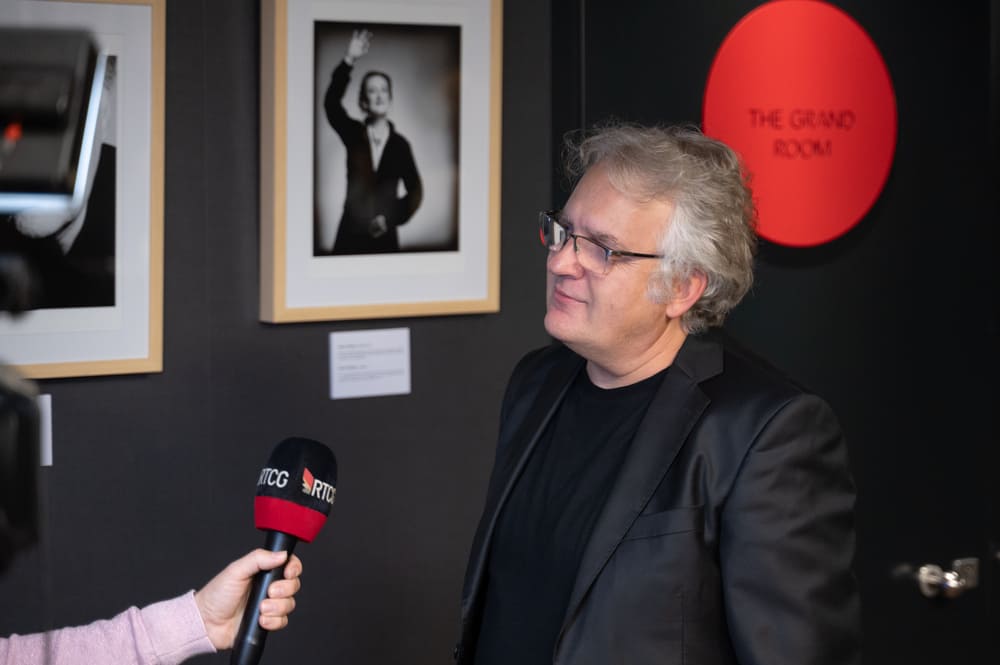
“I am happy to have the opportunity to exhibit my photos in Podgorica. Here, I’ve met many wonderful people and colleagues, experiencing the warmth and hospitality. It’s important that these things happen in Montenegro, throughout the region—for us photographers and the art of photography,” emphasized Babić.
More than half of Babić’s photos that are in CUE Podgorica, this summer were exhibited at the F64 gallery, marking his first solo exhibition in Podgorica.
We invite all interested people to immerse themselves in Nebojša Babić’s world of portrait art until the end of November at CUE Podgorica Hotel and enjoy the fantastic exhibition, which includes motivational messages and statements from the portrayed personalities.
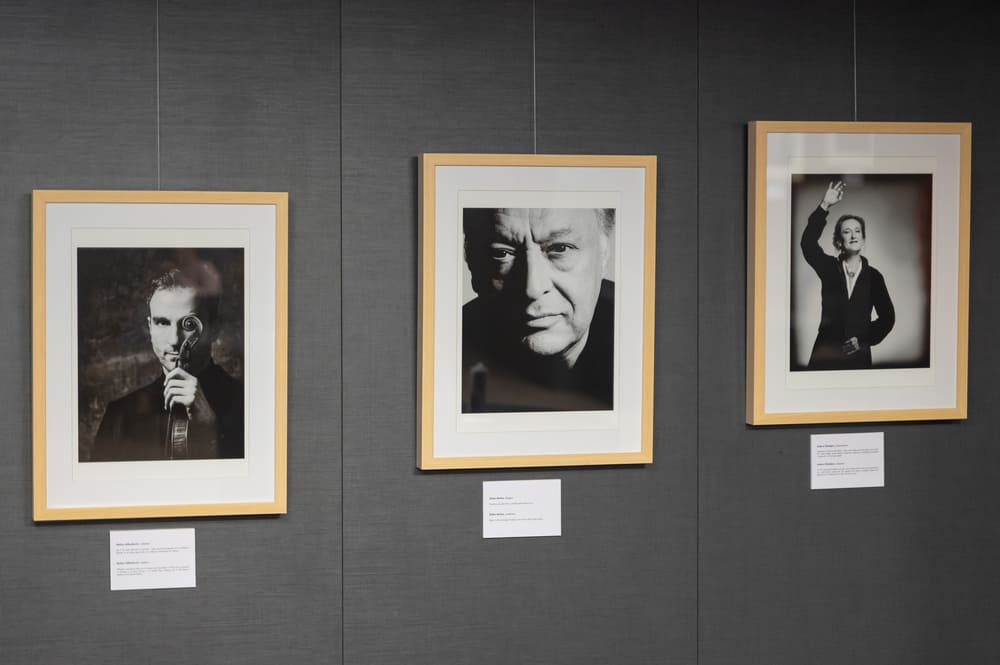


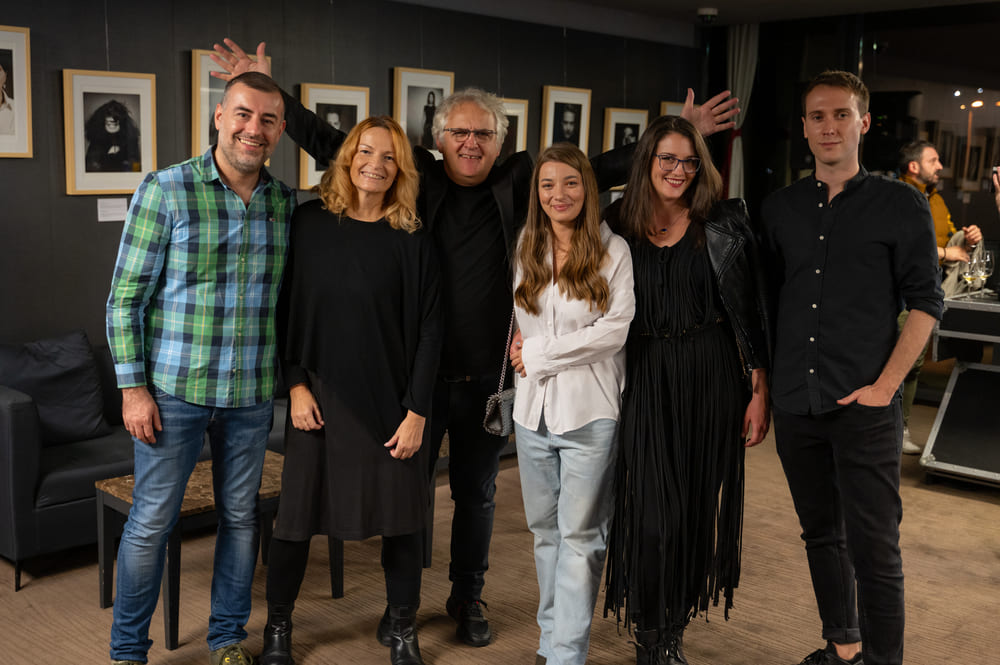

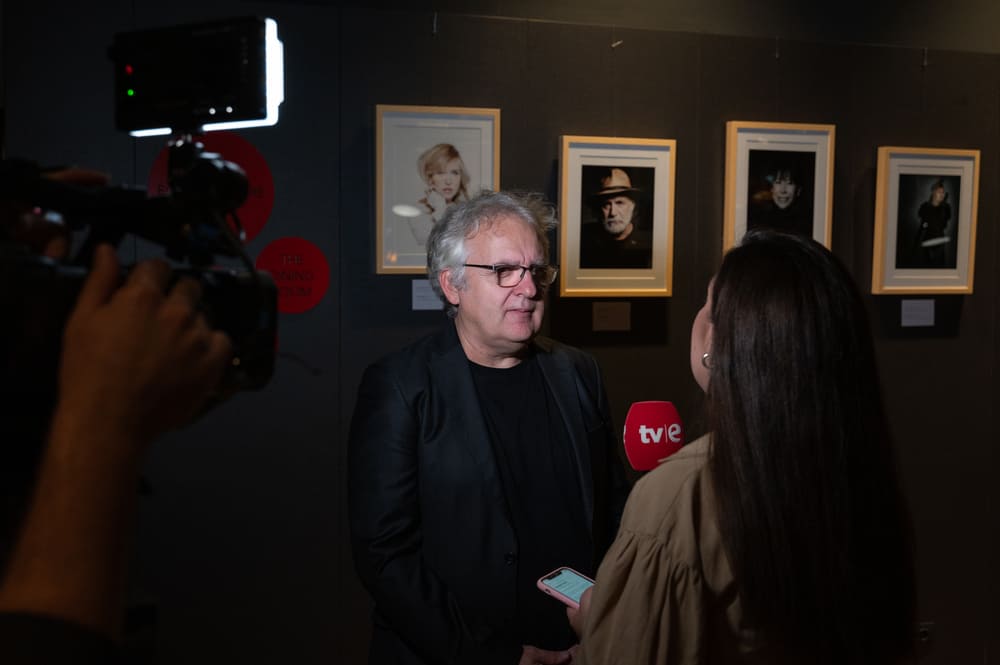
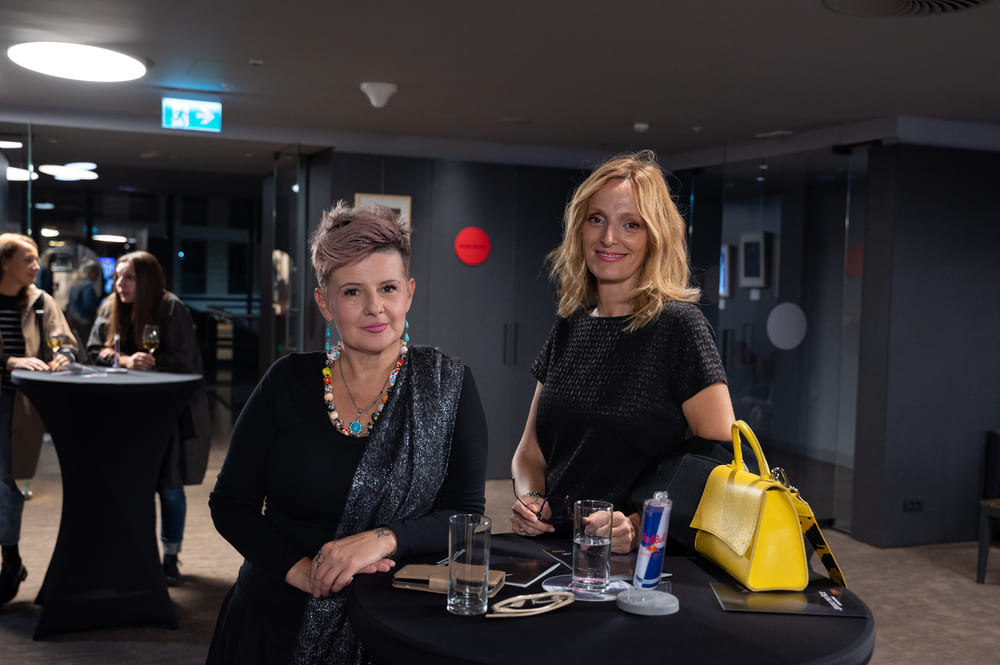
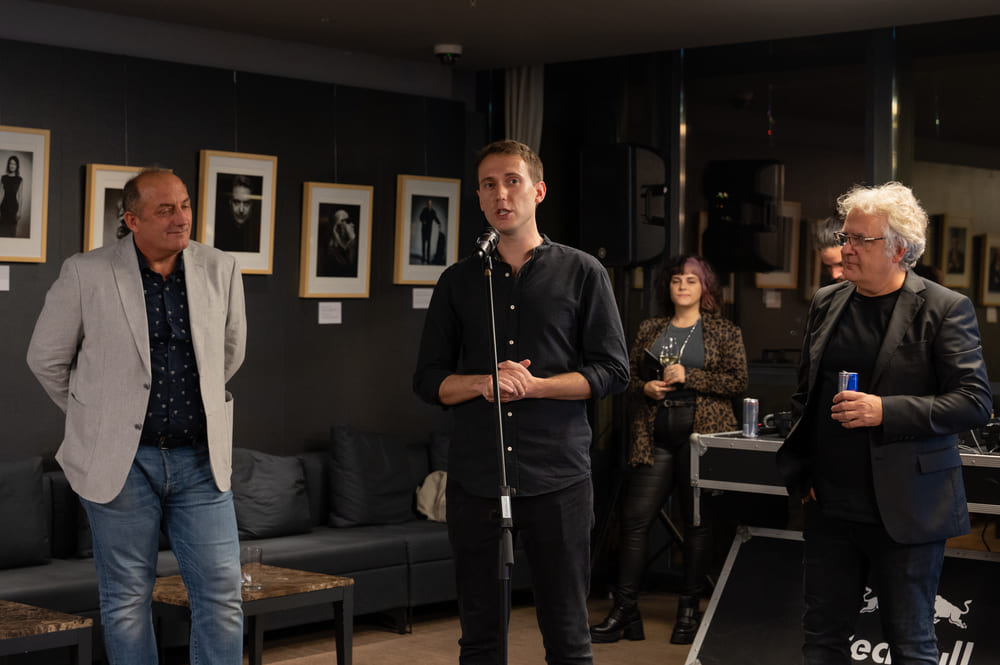
Walking the Winding Streets of Old Town Kotor
The Old Town of Kotor has always been a remarkable destination, with a history stretching back over two millennia, showing a civilization’s march through time. No visit to Montenegro should go without a visit to Kotor. CUE Podgorica remains the best hotel, haven from which to visit this beautiful country.
The Genesis of Kotor
Kotor’s name finds its roots in the ancient Greek word “Dekatera,” hinting at the notion of “hot.” Early mentions highlight an “Upper town” and “Lower town”. The former refers to the ancient part perched atop hill St. Ivan, while the latter embodies what we recognize today as Old Town Kotor.
Dominions and Dynasties: Who Ruled Kotor?
Kotor has borne witness to many hands of power. From the Illyrians, Venetians, Austrians to the French, the influence of these rulers is palpable in its culture and architecture.
The first torchbearers were the Illyrians around the III and II centuries B.C. However, the Romans left a more indelible mark, establishing their dominance from 168 B.C. to 476 A.D, referring to the town as Akruvijum. The Byzantines then took the baton, renaming the city as Dekaderon till 1185.
The medieval era ushered in a prosperous phase under the Nemanjić dynasty, turning Kotor into a bustling seaport and bridging connections with the West.
Kotor, valuing its independence, became a republic from 1391 to 1420. However, fearing Turkish conquest, the Big council of Kotor handed over the reigns to the Venetian Republic. This Venetian era, up until 1797, was tumultuous, marking one of Kotor’s most dramatic chapters.
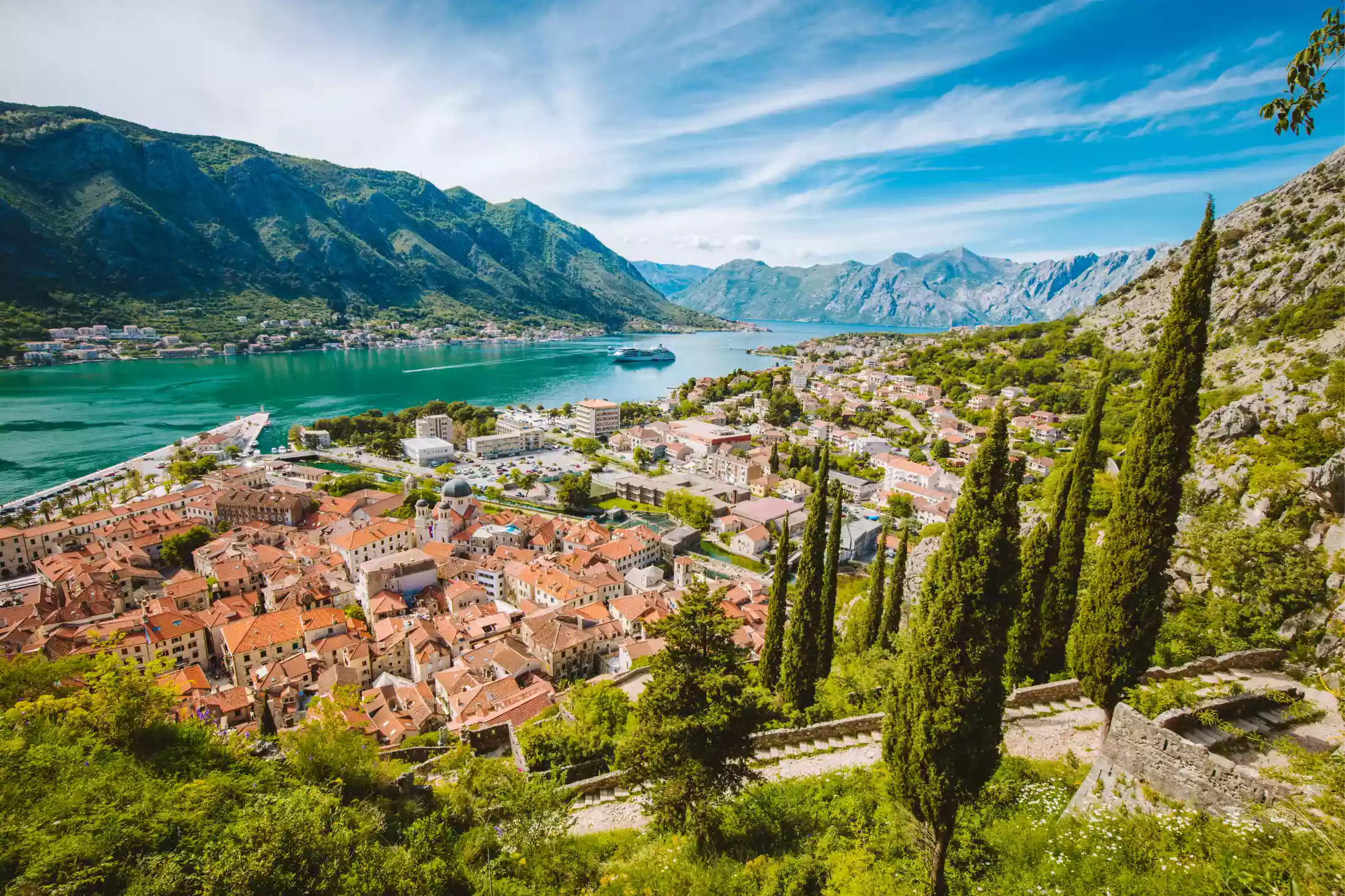
The 19th century was no less eventful. Austrians and French had their moments of ascendancy. It was the Montenegrin ruler, Petar I Petrović, who in collaboration with the locals, rebelled against the French in 1813, briefly uniting Kotor and Montenegro. However, the union was short-lived, and Austria stamped its authority till 1918. Their century-long reign was fraught with uprisings from the locals.
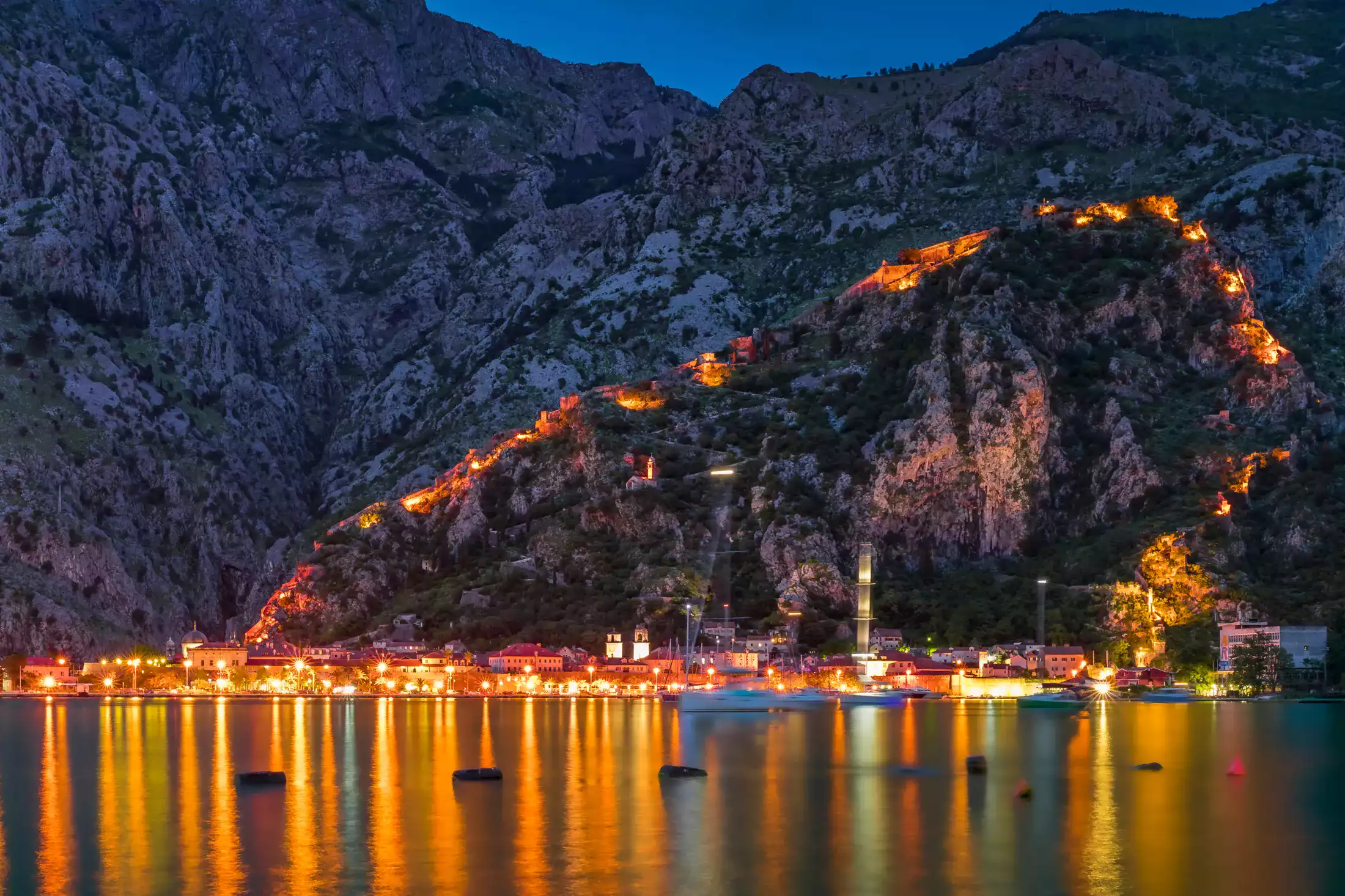
Diverse Historical Attractions of Old town Kotor
Delving into its heart, old town Kotor captivates visitors with its cobblestoned streets. Surrounding the city, ancient walls extend for an impressive 4.5 km, tracing the contours of the town and offering breathtaking panoramic views of the Adriatic below.
1. The Grand Entrances
Old Town Kotor boasts three majestic gates that welcome visitors. The Sea Gate, reflecting Renaissance-Baroque splendor, stands as a testament to the Venetian reign. While the South Gate, or the Gurdic gate, is the oldest, the north gate immortalizes Kotor’s victory over the renowned Turkish admiral, Barbarosa.
2. Exploring The Arms Square
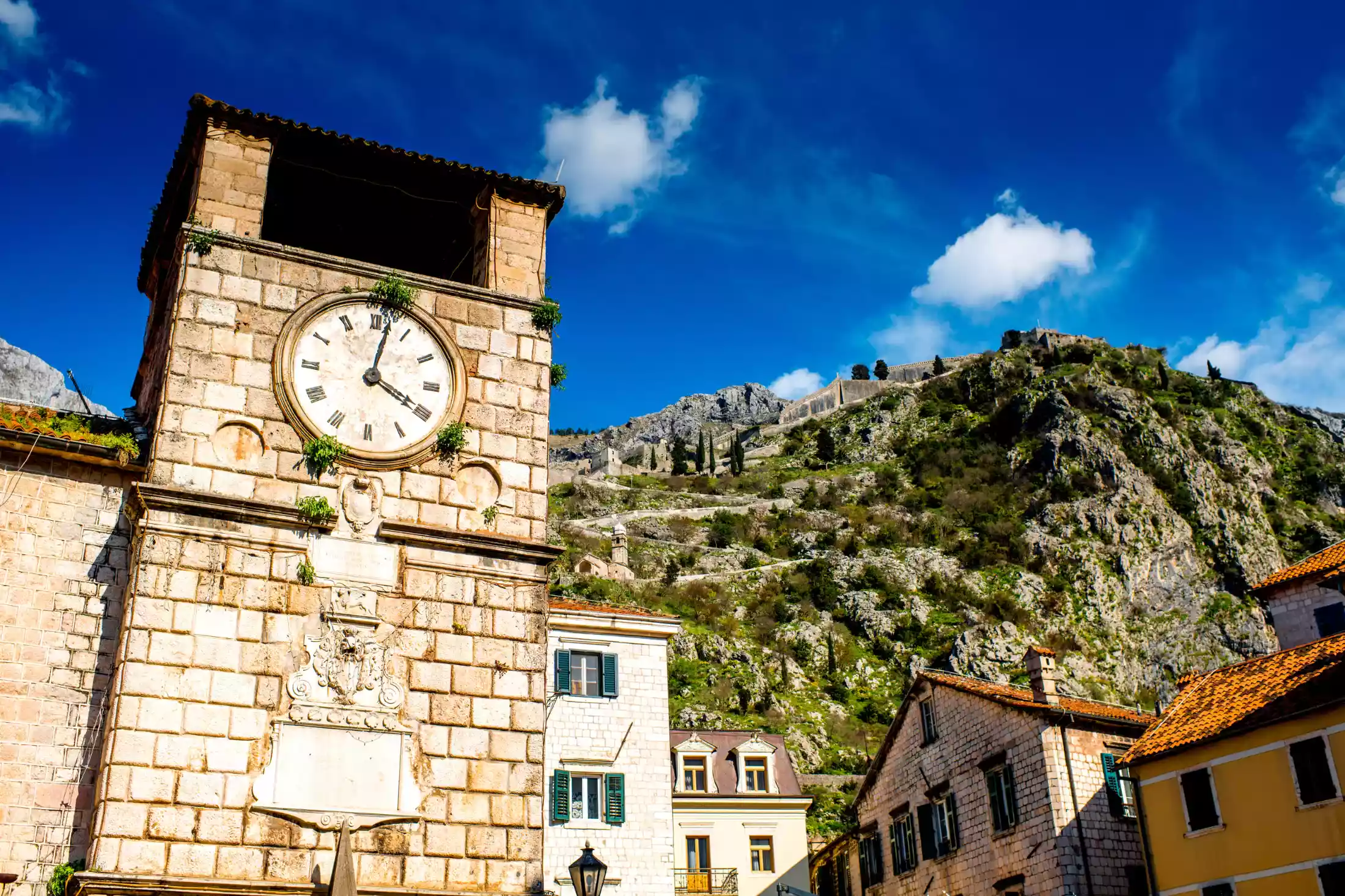
Upon entering through the Sea Gate, visitors are greeted by the expansive Arms Square (Trg od oružja). Once a storehouse for Venetian weaponry, this square now houses prominent structures like the Clock Tower and the Prince’s Palace.
3. Saint Tryphon Cathedral
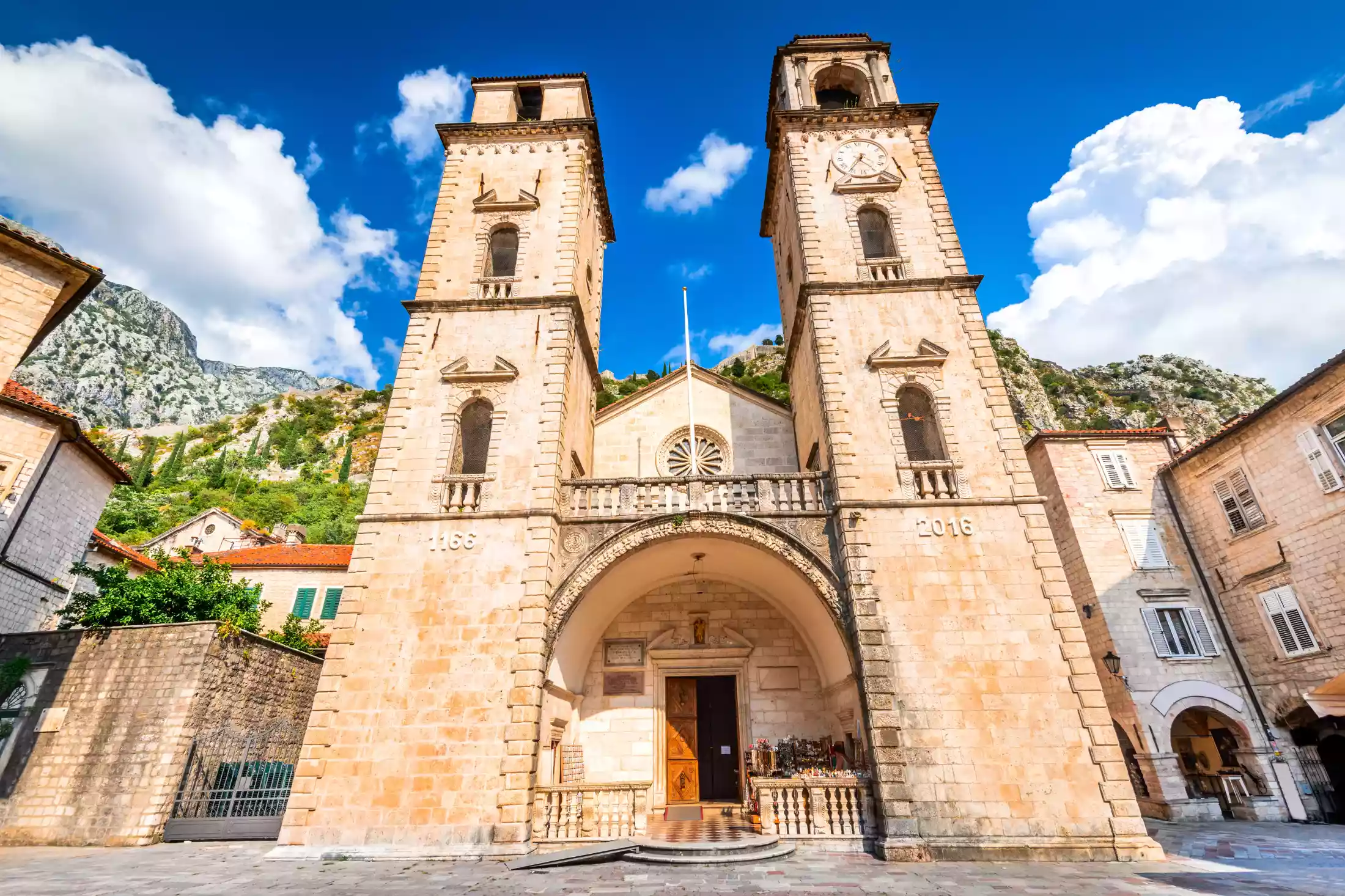
Towering over Saint Tryphon’s Square, this cathedral is a work of art, with frescoes painted by Greek masters. Earthquakes have changed its visage, but it remains a beautiful mix of Romanesque, Gothic, and Baroque elements.
4. Squares That Speak History
From the Square of Salad, echoing with stories of vegetable trade, to the Boka Naval Square, home to the Maritime Museum nestled within the baroque Grgurina Palace, Kotor’s squares are all uniquely interesting. The Milk Square and the Square of Saint Luka, with its charming Church of Saint Luka, offer serene retreats.
5. San Giovanni’s fortress, a Stone Sentinel
Perhaps the most iconic symbol of Kotor, the San Giovanni Fortress offers beautiful views of the Adriatic. Stretching over 4.5 kilometers, this fortress serves as a historic sentinel. Don’t miss the church of Our Lady of Health on your climb to the top.
6. Islets of the Adriatic: Kotor’s Day-Trip Destinations
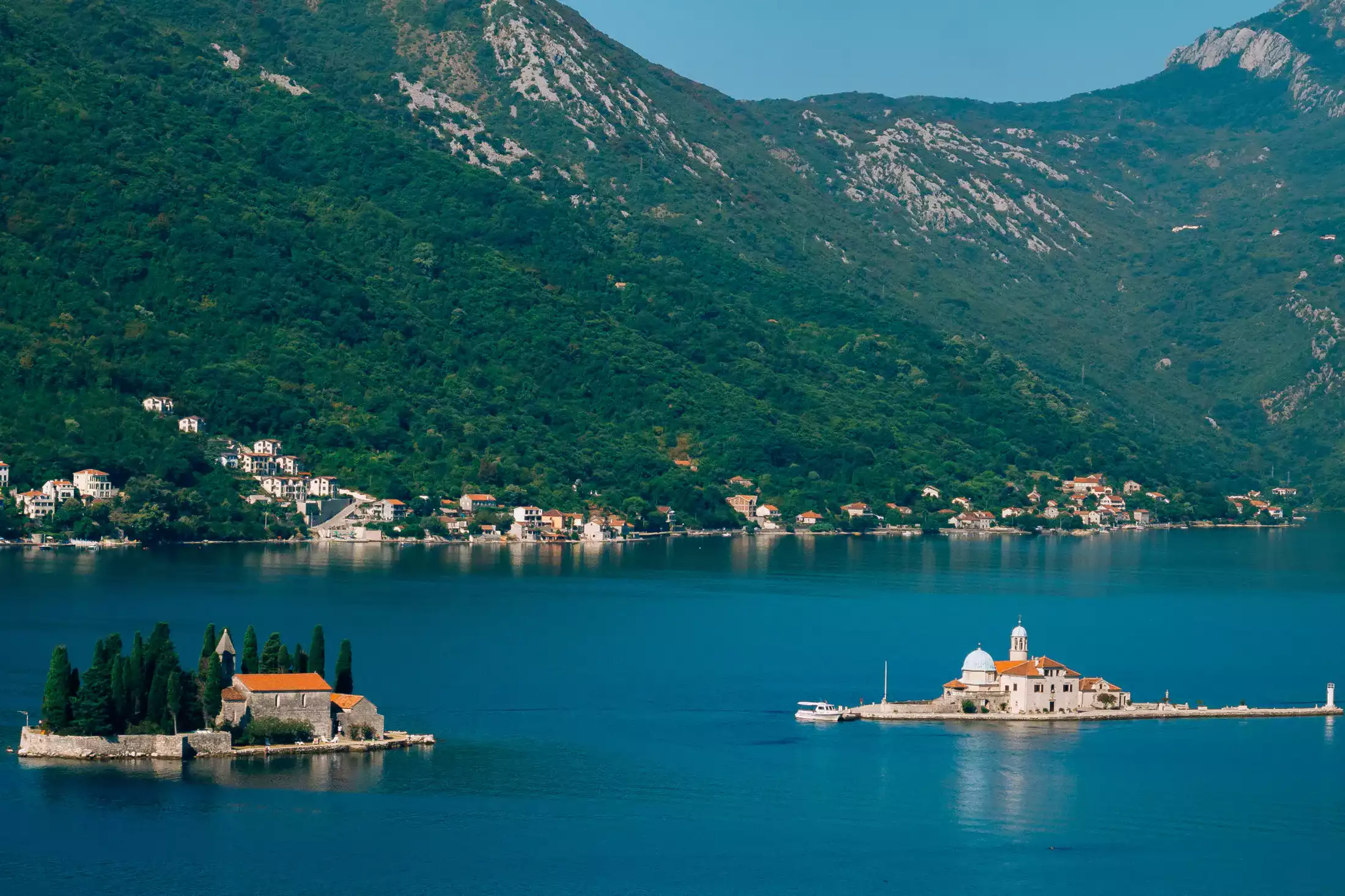
In the serene waters near Kotor, one finds the enchanting islets of Sveti Đorđe and Gospa od Škrpijela off the coast of Perast. Rich in legends, history, and unparalleled scenic beauty, these islets beckon travelers seeking a deeper connection with the region’s maritime legacy.
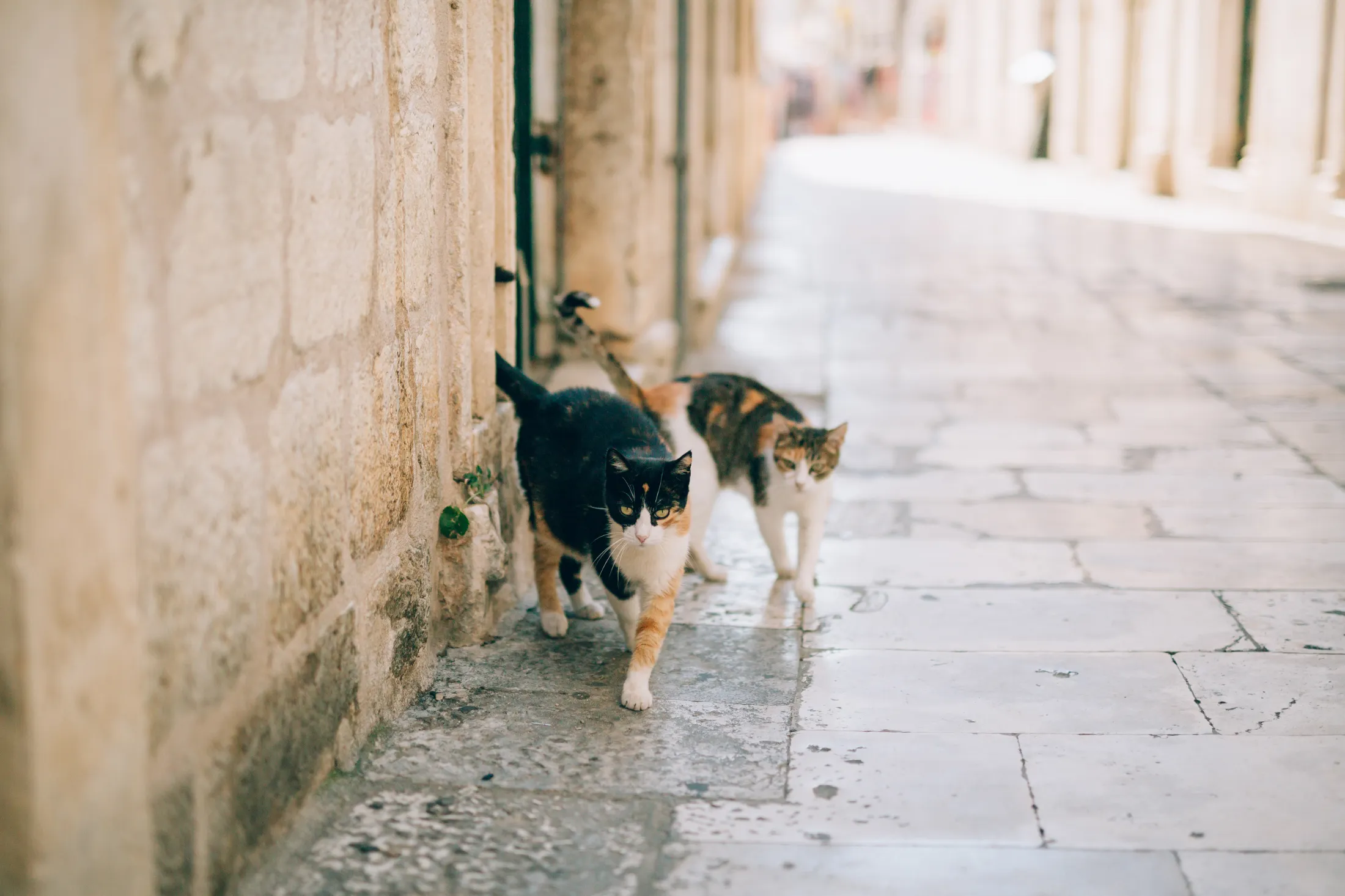
7. Cats: The Whiskered Ambassadors of Kotor
As you meander through these historic sites, don’t be surprised if you’re joined by some adorable local guides. Almost as photogenic as the landmarks themselves, Kotor’s resident cats are an integral part of the town’s charm. Their presence not only adds a touch of whimsy but underscores the town’s unique character, making them just as worthy of your camera’s attention.
Wander through the town’s cobbled alleys and squares, and you’re greeted by “The Cats’ Square” (Trg od mačaka), boutique cat stores, and even a museum dedicated to these whiskered denizens.
The community’s fondness for these cats is palpable. Across the city, one would find food and water laid out for them, and makeshift cardboard abodes ensuring they have a cozy nook to curl up in.
Charities like Kotor Kitties have sprung up, dedicating themselves to alleviating the hardships faced by these cats. Their initiatives, particularly focusing on spaying and neutering, aim to create a more humane environment for the city’s feline ambassadors.
Navigating Your Way to Kotor
Reaching Kotor, the gem of the Adriatic, is a fairly straightforward affair. Situated strategically, the town is linked to the Adriatic Highway, which further connects to both the coastline and the inner territories of Montenegro via the Vrmac Tunnel. If you’re traveling from the inland, you can take a detour from the Adriatic highway at locales like Budva or Sutomore, the latter taking you through the Sozina tunnel. For those keen on scenic routes, there’s an old-world road linking Kotor and Cetinje, offering panoramic views of the Kotor bay.
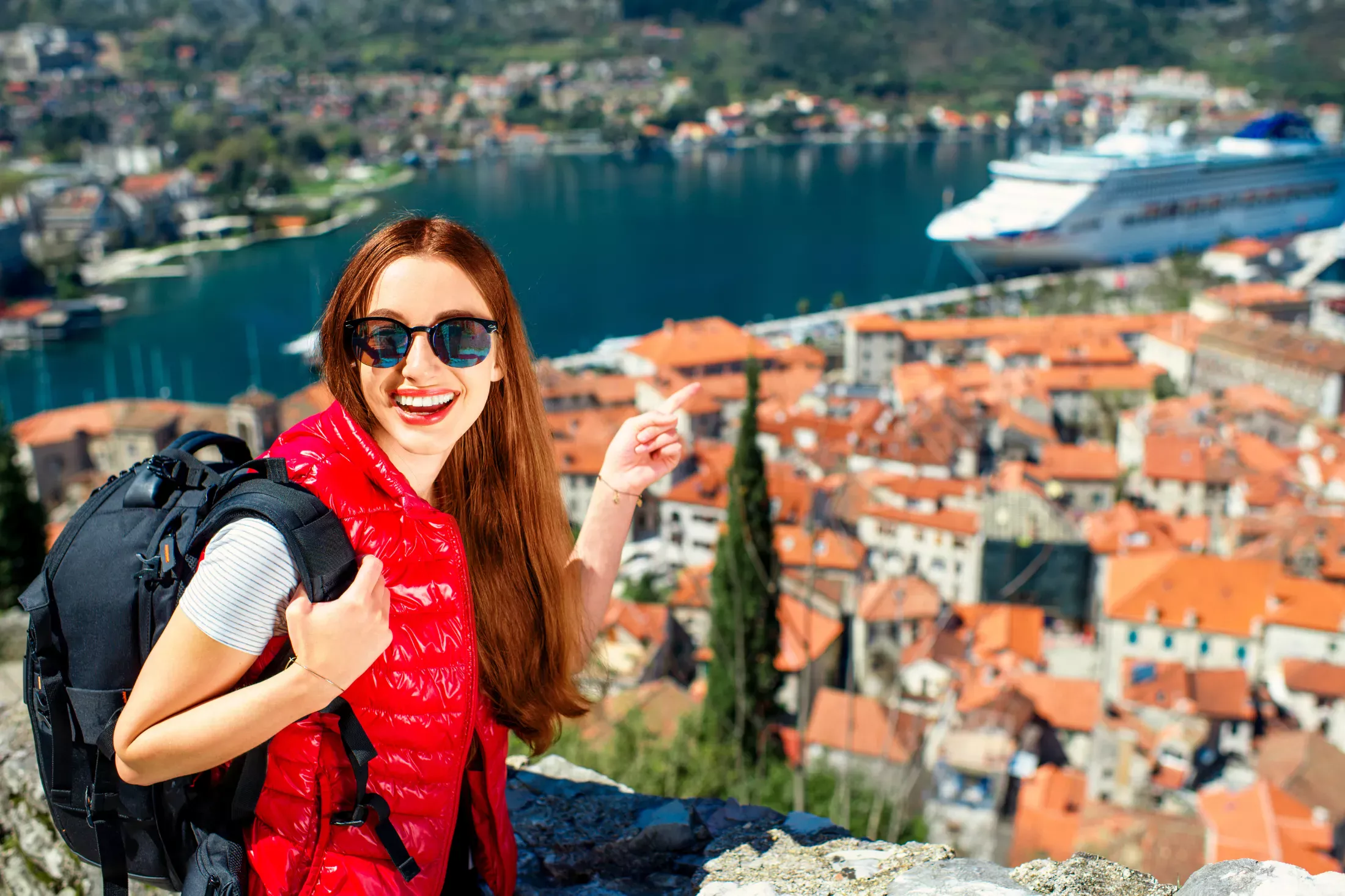
Conclusion
The Old Town Kotor, with its maze of historical landmarks, offers an insight into Montenegro’s past. For history buffs, architectural enthusiasts, or travelers seeking a beautiful European destination, Kotor promises an unforgettable experience. Book a Stay at CUE Podgorica today and visit this marvel at first chance.
Montenegro Travel Advice: Your Guide to Memorable Balkan Adventure
A place in the southwest part of the Balkans, an enchanting fusion of serene lakes and picturesque coastline with majestic mountains towering above, a country just waiting to be explored with our ultimate Montenegro travel advice. Whether you’re a wanderlust-driven soul, a beach lover, or a thrill-seeker, we will help you navigate through the alluring landscapes of Montenegro effortlessly.
Let’s be real, the best place to stay is in the central part of the country in the capital city of Podgorica, as it is a good starting point to reach any other destination. CUE Podgorica stands out as an exceptionally inspiring accommodation choice, attracting a diverse crowd, from business professionals to global wanderers, celebrities, artists, and sports teams alike. Stationed within The Capital Plaza complex, it offers hospitality and comforts of international calibre.
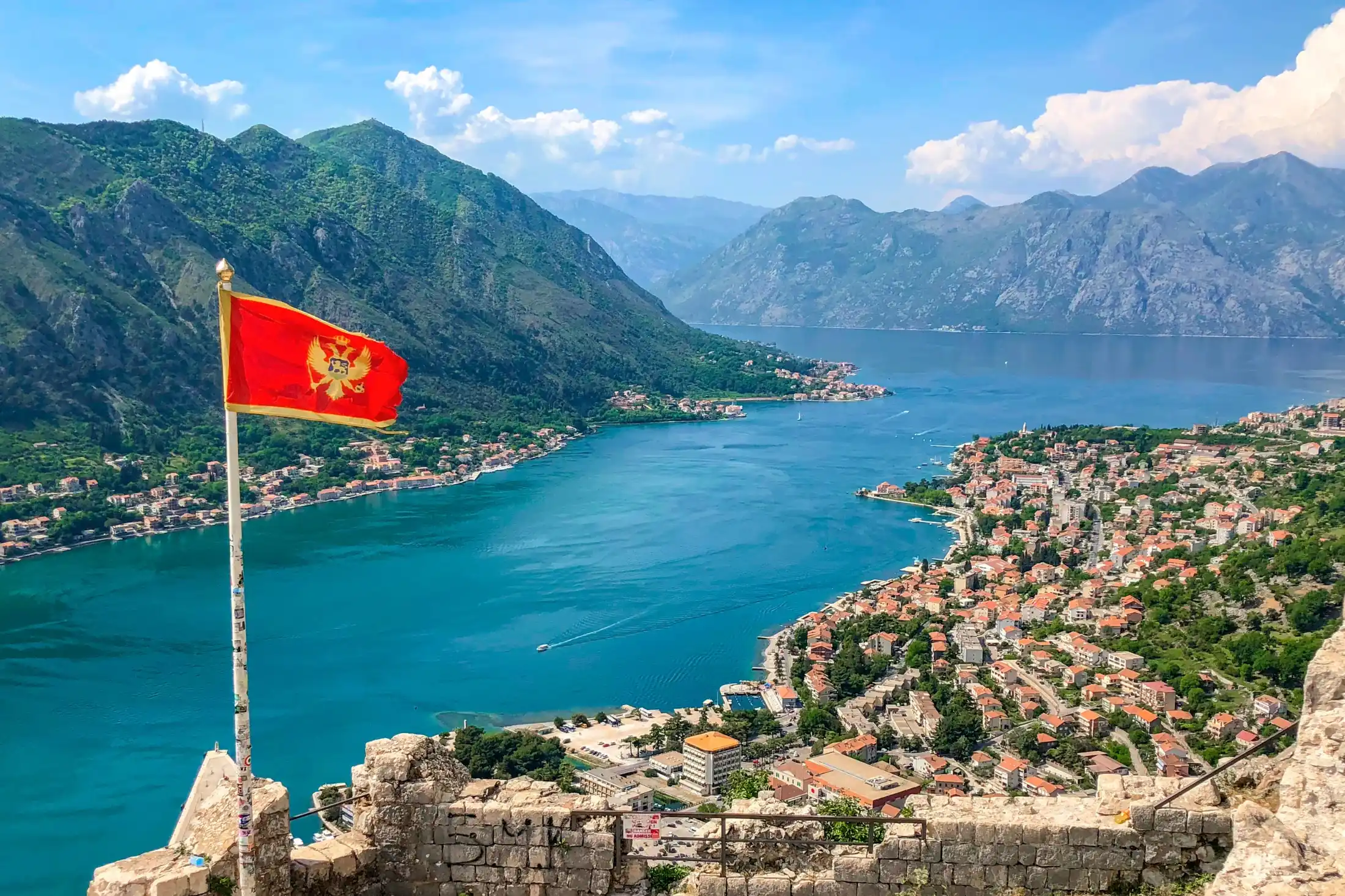

Exploring the Capital: Podgorica
Before venturing out, take the time to explore Podgorica. With a unique blend of old-world charm and modern vibrancy, the city is home to notable landmarks, cosy cafes, and diverse shops. Discover historical monuments like the Clock Tower (Sahat Kula) or the enchanting Ribnica Bridge and relax in the serene atmosphere of its plentiful parks.
Landmarks: A Witness to Time and Change
- Old Town (Stara Varoš):
- Clock Tower: A reminder of the Ottoman period.
- Nemanjići’s Town Ruins: A late 15th-century fortress.
- Skaline (Sastavci):
- A historical and cultural junction at the confluence of the Morača and Ribnica rivers, hosting remnants from the Ottoman era and a popular youth gathering spot.
- Doclea:
- An outer archaeological spectacle that was once a prominent Roman city.
- Church of St. George:
- The oldest church in Montenegro, with its captivating interior frescoes and underground passage network.
- Plantaže Vineyard:
- Europe’s largest single-complex vineyard, renowned for producing the exquisite Vranac wine.
- Niagara Waterfalls on Cijevna River:
- A breathtaking natural spectacle that adds a serene contrast to the city’s lively ambience.
Approximately a 90-minute drive from Podgorica, Kotor is another captivating coastal town, renowned for its stunning bay and well-preserved Old Town and a must-see on our Montenegro travel advice guide. Exploring the cobbled streets, enjoying local cuisine by the bay, and hiking the fortress for a breathtaking view of the Bay of Kotor are essentials. It is a UNESCO World Heritage Site and its bay is brimming with cruise ships in the summer. Going along the shores of Boka Bay, you will encounter numerous charming small towns like Perast, Risan, Herceg Novi, and Tivat. All of them are unique in their way and merit a visit.
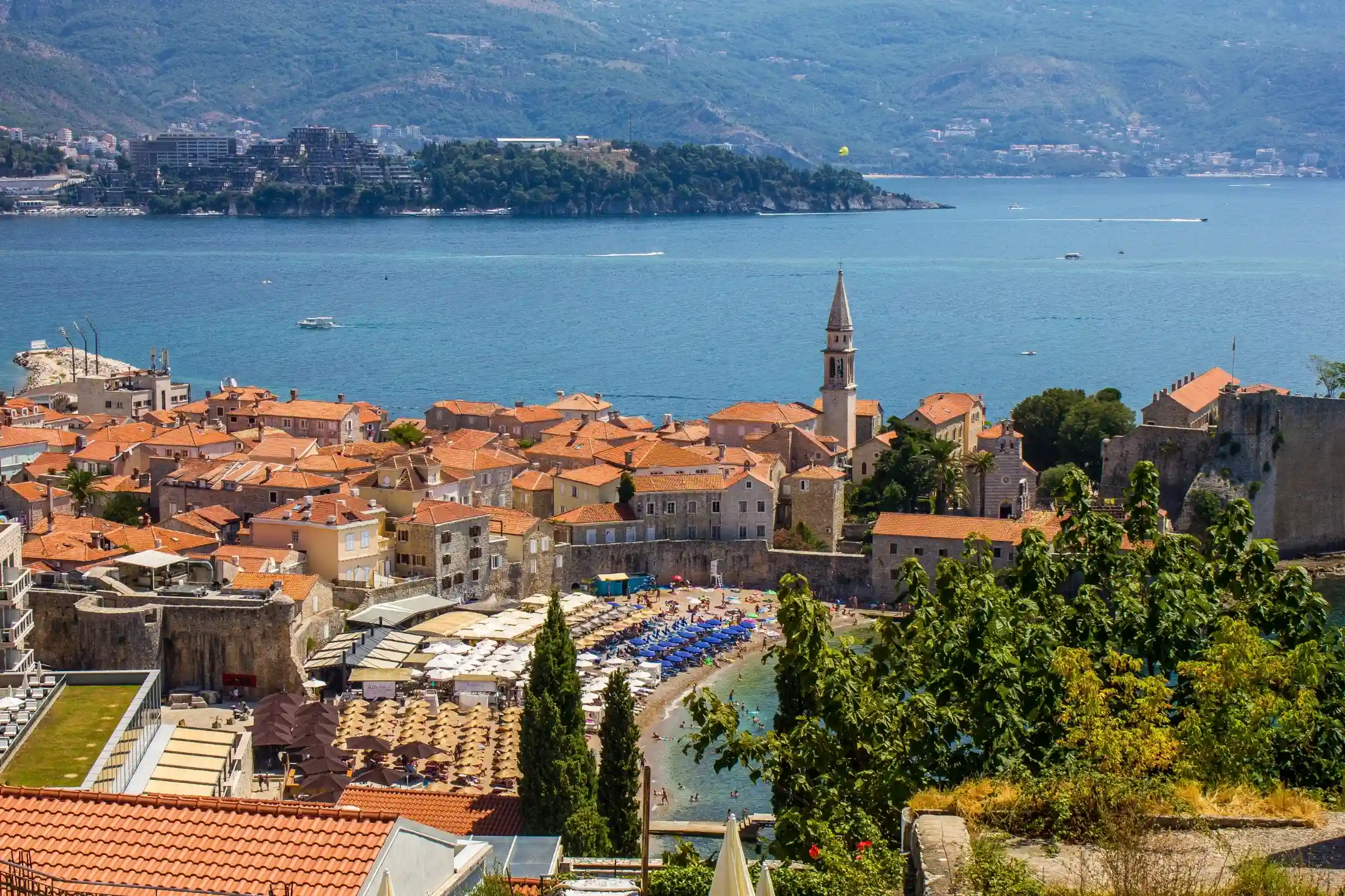
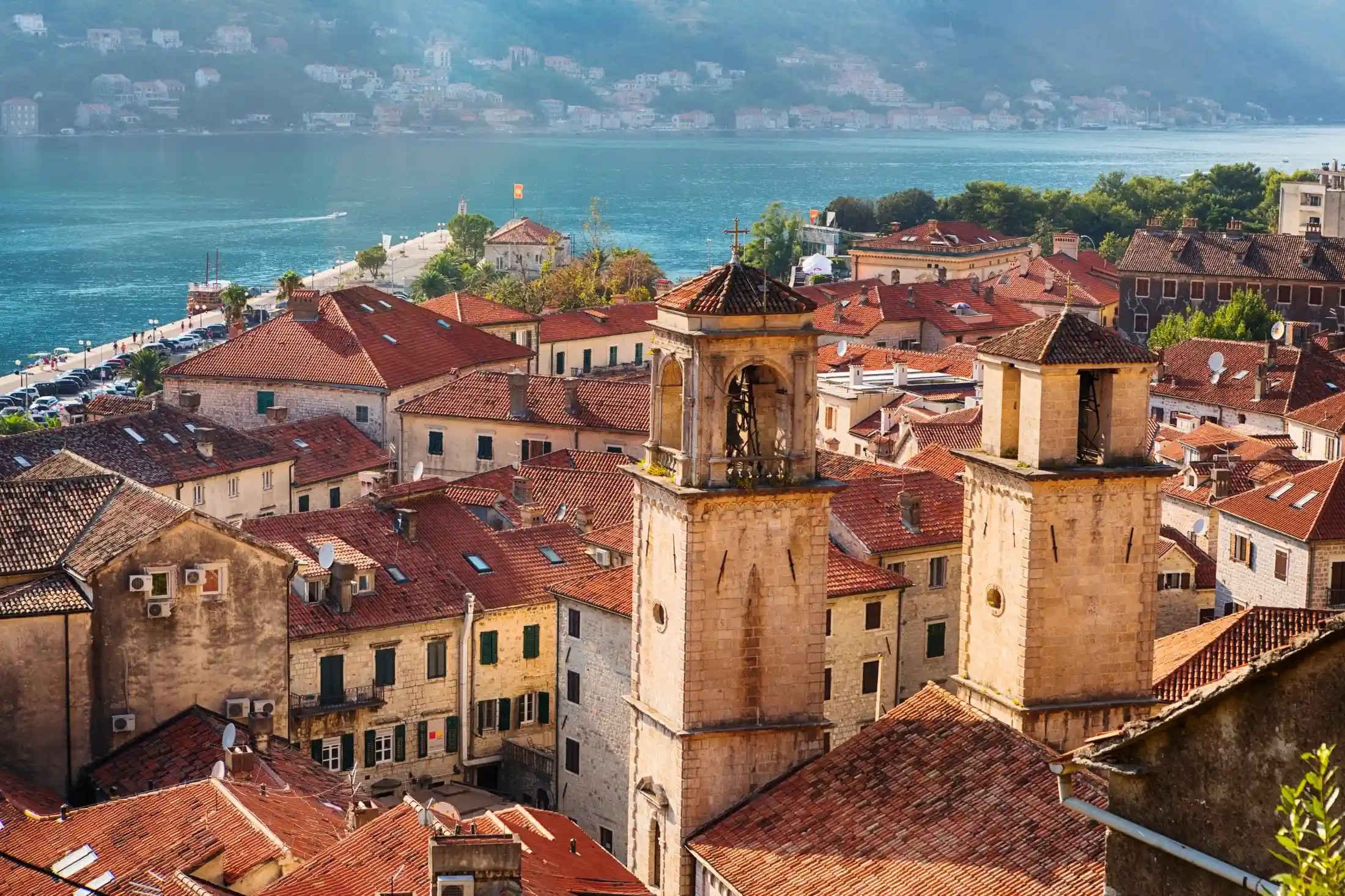
In a journey slightly further down the Montenegrin coast, Bar and Ulcinj present themselves as dazzling displays of the country’s rich history and stunning seascapes. Bar, known for its vibrant port and the entrancing Stari Bar (Old Bar), is a town where the oldest olive tree in Europe resides (believed to be over 2,000 years old). The old town, a museum under the open sky, is a fascinating concoction of ancient ruins and medieval architecture, where each stone seems to narrate tales from a bygone era. Meanwhile, the modern part of Bar offers beautiful beaches, lively bars, and a marina that comes alive with activity during the summer months. A short drive away from Bar is the town of Ulcinj. Famous for its long sandy beaches, including the 12km long Velika Plaža, Ulcinj provides a more laid-back vibe compared to other Montenegrin coastal towns. With its rich history, including remnants of a massive Venetian-inspired castle, and lively nightlife, especially during the summer months, Ulcinj is a splendid destination that encapsulates the diverse essence of Montenegro’s Adriatic coast.
From Podgorica to the Mountain Regions
Embracing the rugged allure of Montenegro’s northern region, one cannot resist the magnetic pull of destinations like Kolašin, Žabljak, Durmitor National Park, National Park Biogradska Gora, and Prokletije National Park. Each of these spots heralds its distinct charm, beckoning travellers to dive deep into the wild, natural landscapes of the country.
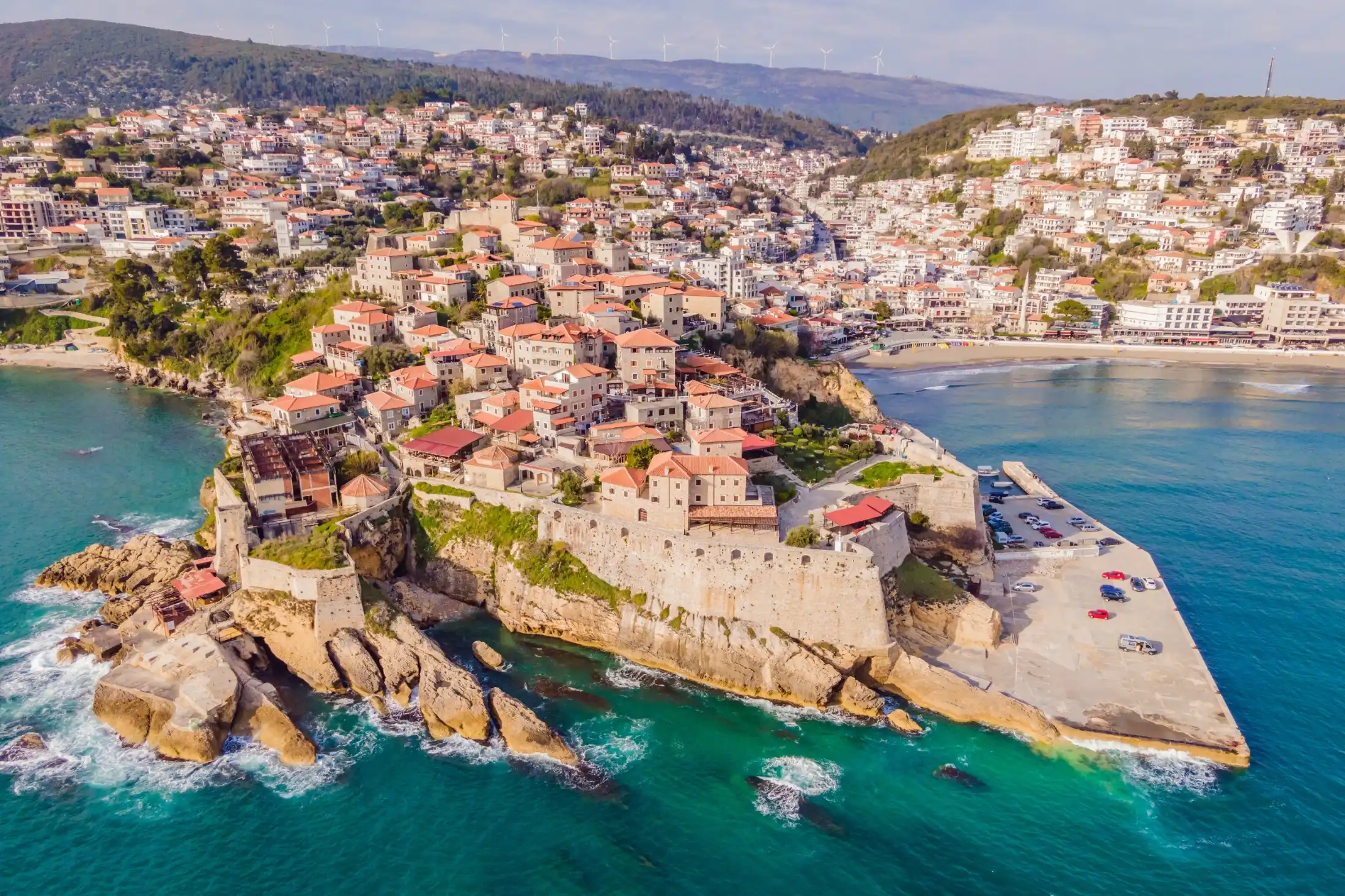
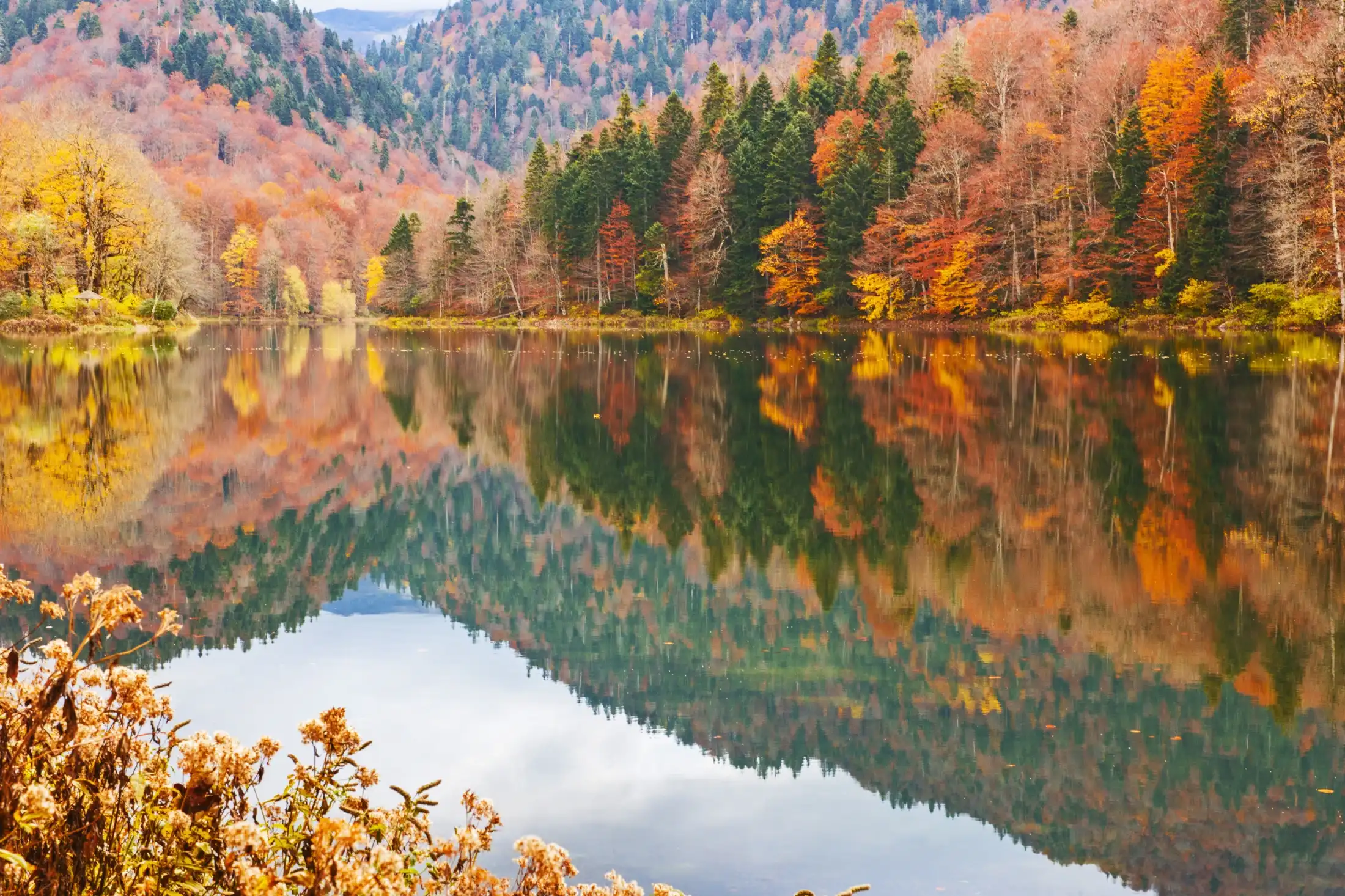
Kolašin, often hailed as Montenegro’s most famous ski resort, offers plenty of activities from skiing in the winter to hiking in the warmer months. It is situated at the foot of Bjelasica mountain, in whose central part National Park Biogradska Gora is located. We recommend visiting Lake Biograd and taking a boat tour along its mirror-like surface. Not far from Kolašin, Žabljak, the highest town in the Balkans, serves as a gateway to the astonishing Durmitor National Park, a UNESCO World Heritage Site, where the ethereal Black Lake and the dramatic Tara River Canyon carve out surreal scenery that imprints upon every visitor’s memory. Adventure enthusiasts will find a haven here with opportunities for rafting, mountaineering, and exploring caves, ensuring a thrilling connection with nature’s raw beauty.
Moreover, the somewhat elusive Prokletije National Park, often referred to as the ‘Southern Alps’, graces the border between Montenegro, Albania, and Kosovo, providing a secluded retreat for those seeking serenity and isolation amid towering peaks and pristine lakes. Hiking trails here are both challenging and immensely rewarding, offering breathtaking vistas and encounters with diverse wildlife, introducing travellers to a quieter, yet equally enchanting, facet of Montenegro.
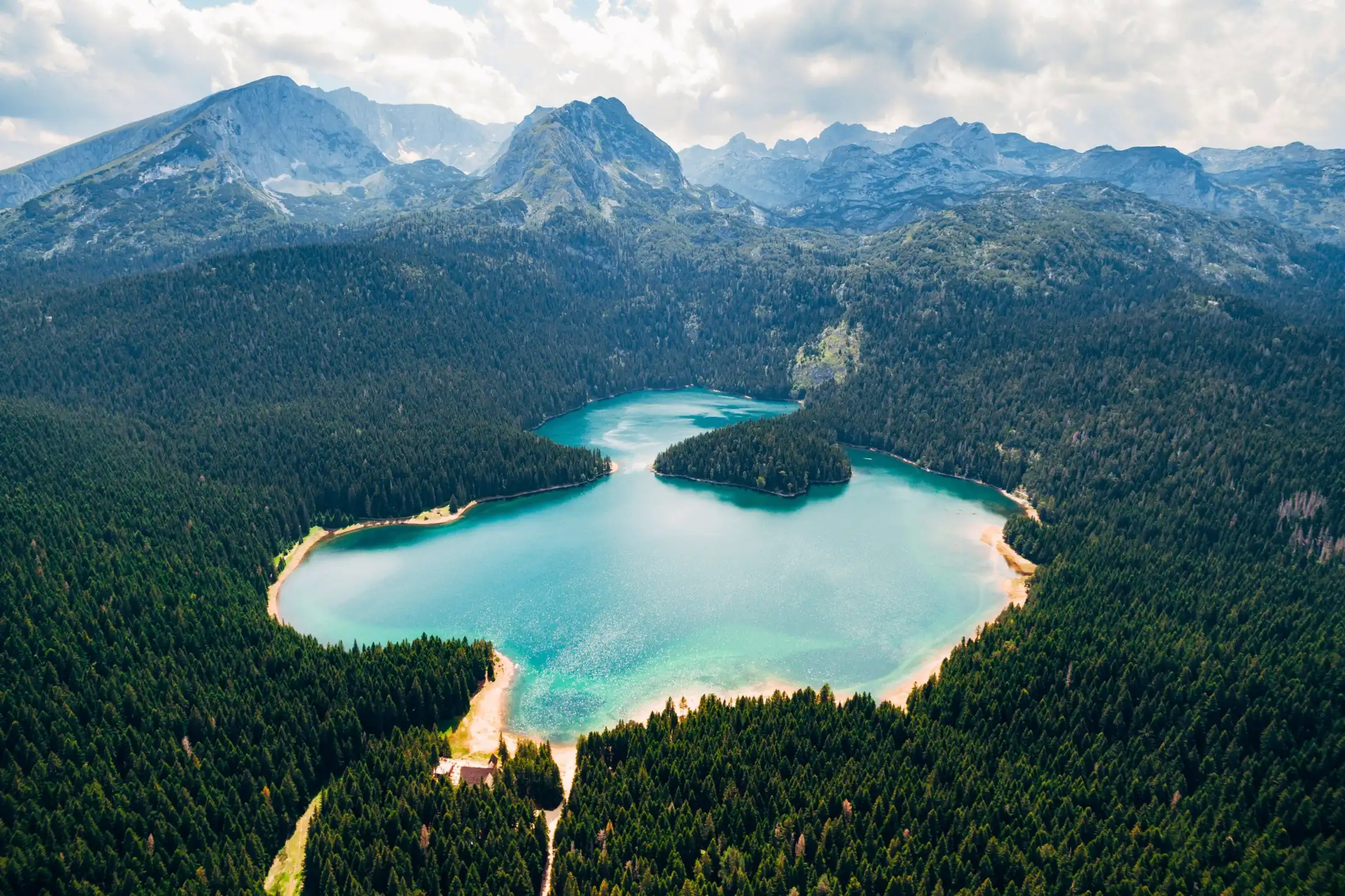
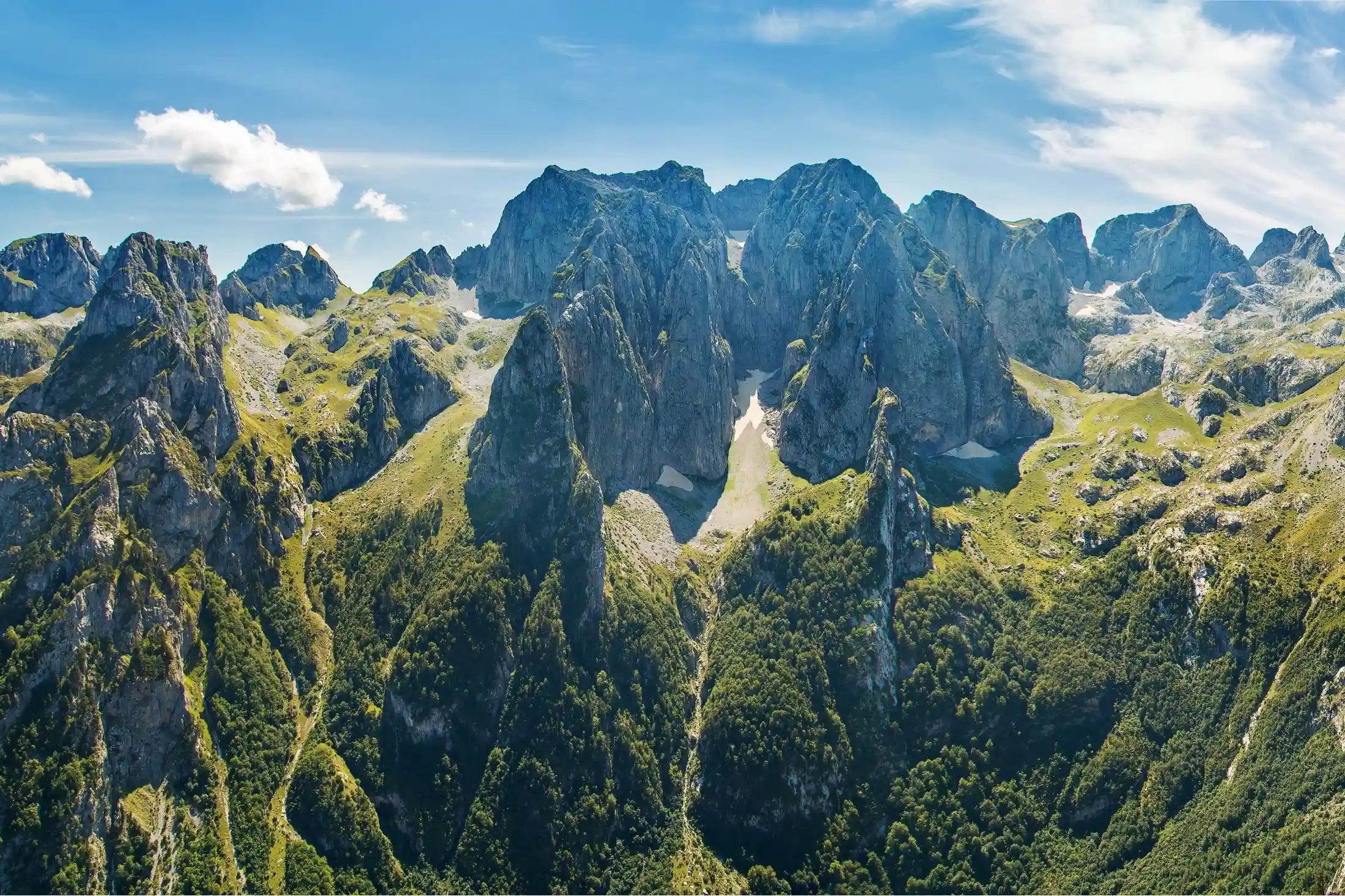
Embarking from Podgorica, Montenegro unrolls a carpet of adventures, from the gently lapping waves of the Adriatic to the echoing serenity of its mountainous terrains, each destination promising its unique charm and experiences. Whether you’re drawn by the allure of coastal towns, the whisper of secluded forests, or the tales of historical cities, Montenegro welcomes you to explore its multifaceted beauty. From mingling in the elegant social spaces within CUE Podgorica to exploring the local culinary and artistic scene, your stay is certain to be sprinkled with diverse, enchanting moments that echo the Montenegrin spirit. With our guide and Montenegro travel advice at your fingertips, starting your journey from Podgorica paves the way to a blend of activities and experiences within the country.



